












In recognition of the struggle led by José Gabriel Cruz Ayala, El Chan, in favor of tobacco and cigars produced in the country, a tribute was paid to him during the Puerto Rico Cigar Convention (PRCC) 2024. Attendees lit up a cigar from La Hoja del Chan, remembering its founder with the cry of “Somos la Resistencia.”
“I knew my husband was known and what he was doing was something historic, but realizing that everyone who came recognized him with applause was more than beautiful,” says Liz Janice López de la Rosa, his widow and current CEO of the company.
In this larger-scale setup than its predecessor, La Hoja del Chan also obtained from the country’s government the Certification and Excellence Award in Quality Hecho en Puerto Rico, reaffirming its position in the market, alongside other companies seeking to reach the US market, considered the most important in the world.



The event program highlighted the Women in the Tobacco Industry panel, where Liz Janice; Leonor Abrzaradel, CEO of Platinum Nova Cigars; Altagracia Ovalles, from Abeja Cigars, and Julissa Alonso, from Hojas de la Reina, shared their experiences and talked about the challenges faced by women in this industry.
As a guest panelist, the dominican Francisco Matos, also CEO of Matos Cigar Company, delivered the lecture “Challenging Stigmas: the Journey of Tobacco and Cigars in a World Intoxicated by Stress”; Sergio Reyes, from Cava Serrallés, shared the cigar pairing experience with different wrappers and Don Q rums, and Leonor Abzaradel led a presentation from Platinum Nova Cigars.
With music by Alex Javier and a tribute to Juan Luis Guerra, the PRCC 2024 had a great atmosphere and recorded a higher attendance than its first edition. The wide range of food, amenities, and the auction of a painting by Luis González Fracinetti contributed to the enjoyment of an afternoon that places it on the level of other international events.
According to Liz Janice, the rise of tobacco in Puerto Rico has always existed, but now it is noticeable, as with activities dedicated to its dissemination, people venture to know brands, distinguish qualities, differentiate the aromas and flavors of cigars, and experience the benefits of premium tobacco.
Chan, and Leonor Abzaradel, CEO of Nova Cigar. Certification obtained by La Hoja del Chan.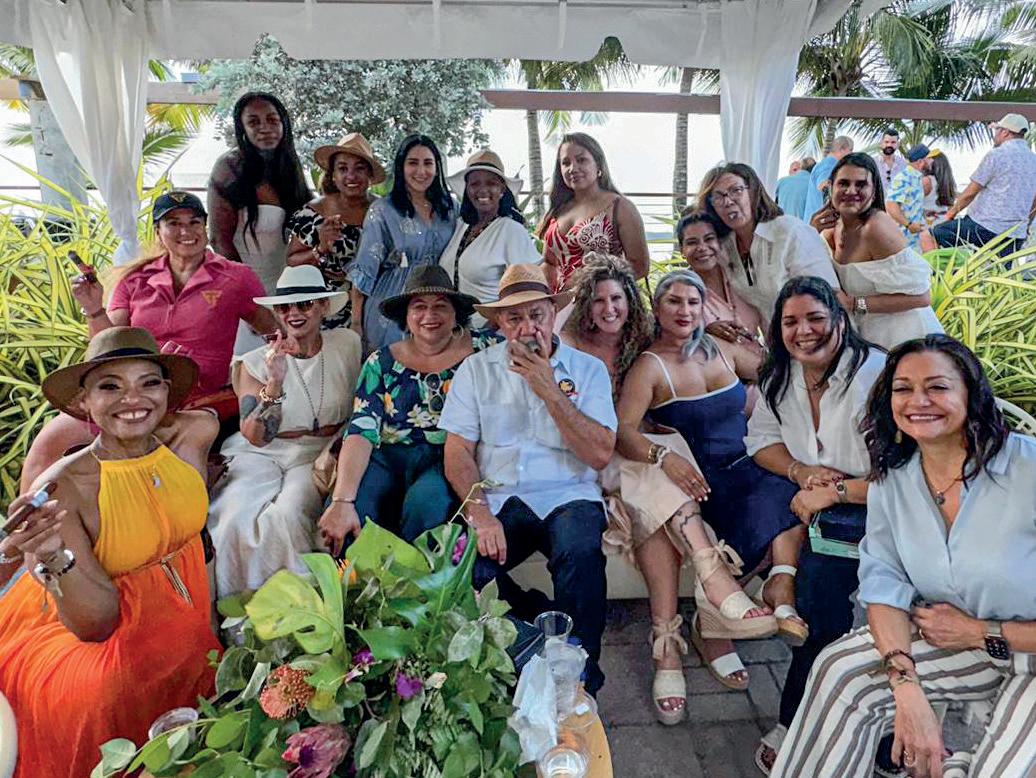




A mission in which El Chan participated and, seven years after starting his work, now allows the livelihood of many families and the resurgence of an industry that contributes to the local economy: “Puerto Rico is key due to its geographical position, in addition to its lands having potential for more production. It’s not easy for someone to embrace their traditional culture, spread it, and place it in the taste of new generations, but Gaby achieved it and today he is recognized.”
The event, held last Saturday, May 25th, at the Vivo Beach Club in Carolina, on the Island of Enchantment, brought together brands such as El Artista, Platinum Nova, La Aurora, Natura, Blackbird, Matos Cigar, La Abeja, Plasencia, EP Carrillo, Vitola, Tabacalera Palma, PDR Cigars, Fratello, AJ Fernández, Hojas de la Reina, Rocky Patel, and Don Rey, among others from the tobacco industry, as well as companies from accessories, spirits, automotive, and textiles sectors.




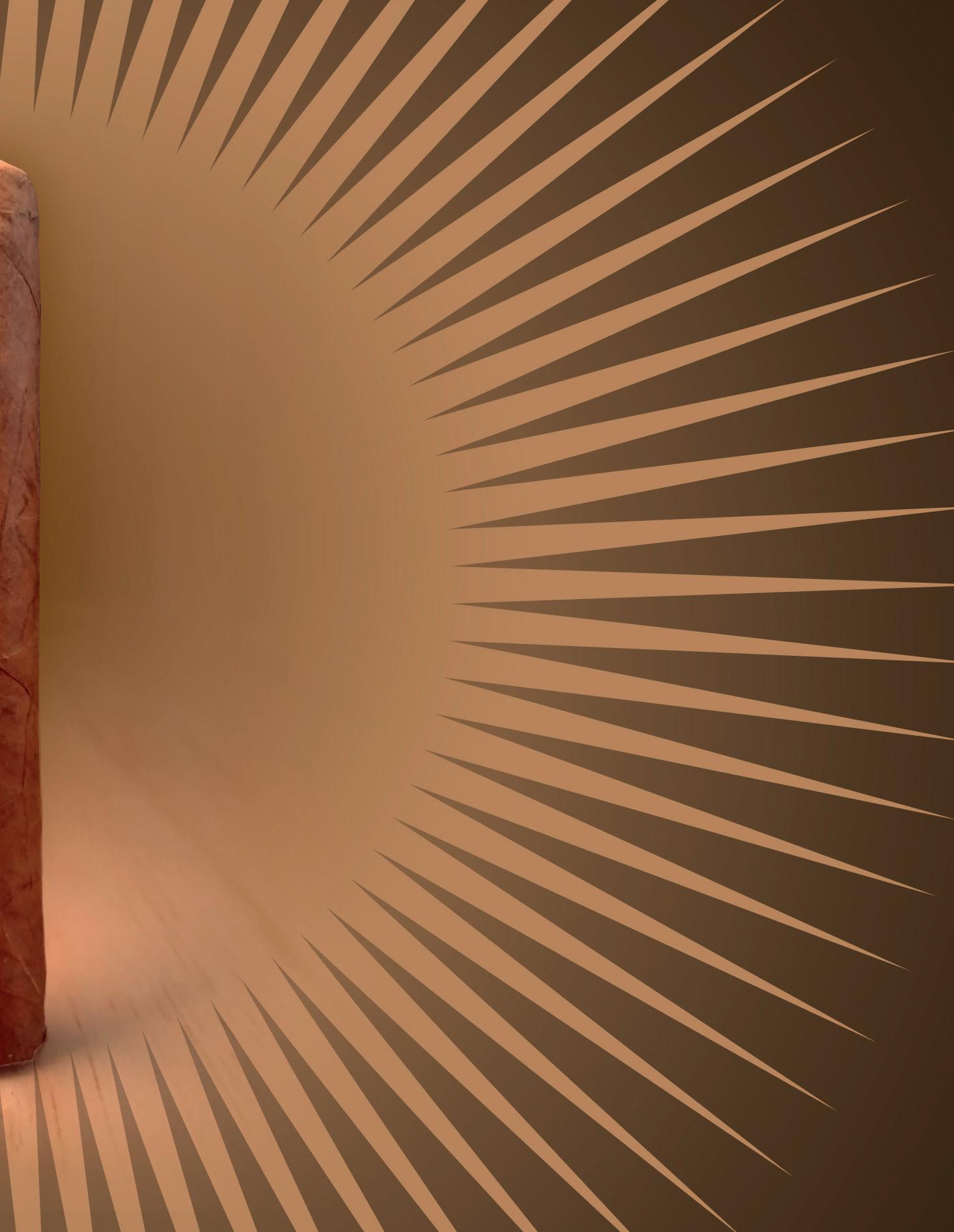

Fratello Arlequín Connecticut
▶Wrapper: Ecuadorian Connecticut
▶Binder: Ecuador
▶Filler: Nicaragua and Perú
▶Sizes: Robusto Gordo (5 1/2 x 52) and Toro Gordo (6 1/4 x 54)

OM Modern Debauchery Broadleaf*
▶Wrapper: Broadleaf
▶Binder: Mexican Negrito
▶Filler: Honduras Corojo
▶Sizes: Super Toro (6 1/2 x 54)
*Pre-Orders only

Higinio García Elegantes Habano
▶Wrapper: Ecuadorian Habano
▶Binder: Nicaragua
▶Filler: Nicaragua Estelí, Condega and Jalapa
▶Sizes: Torpedo (5 1/2 x 54)

Friend’s Cigars King Cake Chocolate
▶Wrapper: Mexican San Andrés
▶Binder: Dominicana and Nicaragua
▶Filler: Dominicana and Nicaragua
▶Sizes: Toro (6 x 54)

Platinum Nova Batch Toro Nicaragua
▶Wrapper: Nicaragua
▶Binder: Nicaragua
▶Filler: Nicaragua
▶Sizes: Toro (6 x 54)

Karen Berger K-Fire
▶Wrapper: Mexican San Andrés
▶Binder: Nicaragua Habano
▶Filler: Nicaragua
▶Sizes: Box-pressed Toro (6 x 52)

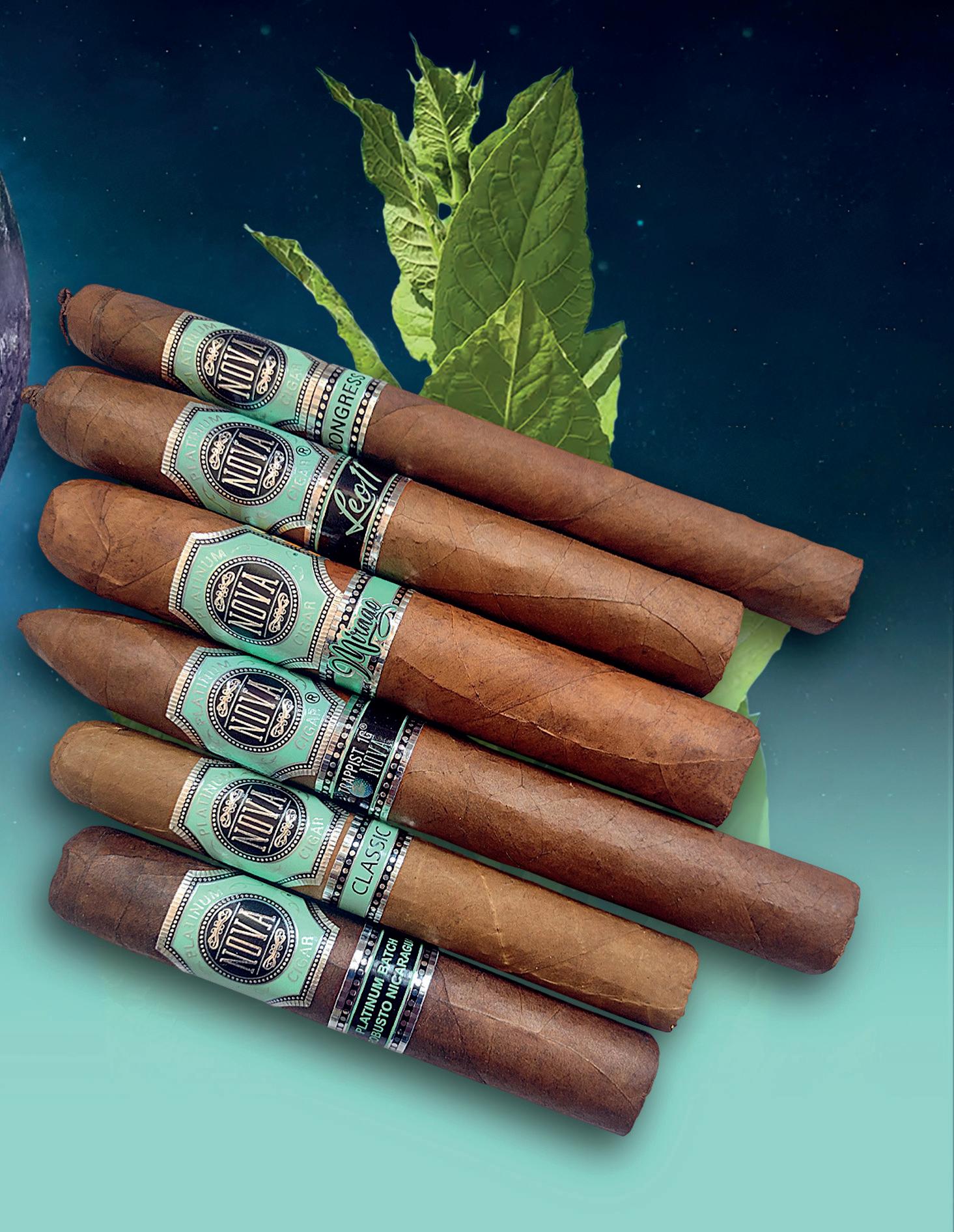
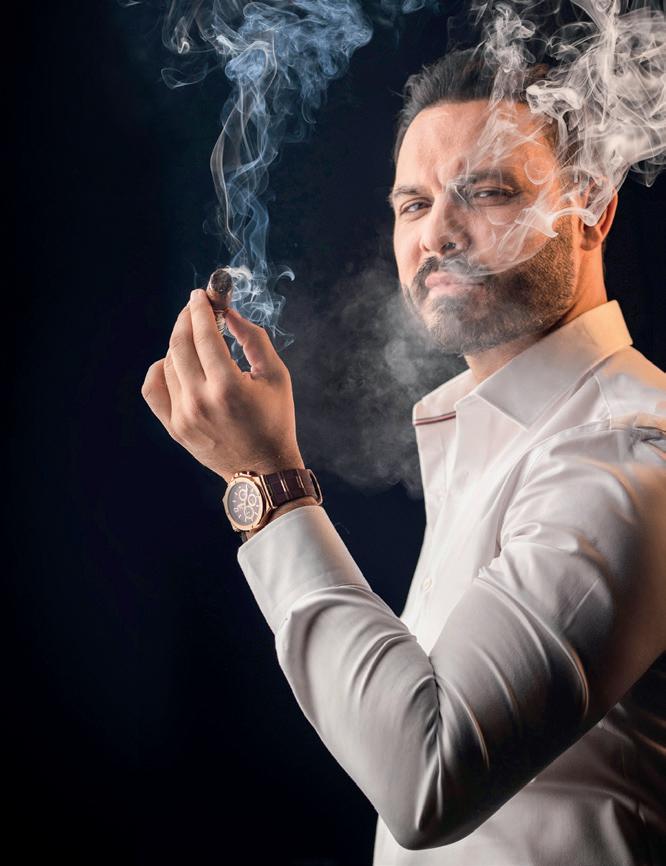
Based on firm ideals around cigars as elements of elegance and social cohesion, Porto Real is a brand established from the tastes and values of Don Enmanuel Estrella, a passionate tobacco enthusiast who instilled in his children Alexander, Mario, and Yanira an entrepreneurial vision centered around a factory and a special blend.
RAÚL MELOAlberto Arizmendi Editorial Director
José Antonio Ruiz Tierraseca
Michel Iván Texier Verdugo
Diego Urdaneta Diamantes
Nicolás Valenzuela Voss
Dominican Republic
Julio César Fuentes
Honduras
Patricia Pineda
Rolando Soto
Roberto Pérez Santiago Editorial Design
Raúl Melo Publisher
Moisés Licea Web Master
Yoshua Segovia Community Manager
Argentina
Gastón Banegas
Brazil
Rodrigo Emmanuel, Don Emmanuel
Colombia
Eduardo Márquez
Canada
Nicolás Valenzuela Voss
Chile
Francisco Reusser
Christopher Sáez
Michel Iván Texier Verdugo
Humo Latino Magazine reserves the right to reject unsolicited articles that contravene its thematic profile, as well as those that do not conform to its style standards.
The articles received will be approved in the first instance by members of the Editorial Board. We reserve the right to make changes or introduce modifications to the manuscripts, for the sake
© All Rights Reserved. Grupo Humo Latino Any reproduction, total or partial, of this contents, by any process, is prohibited.
global.humolatino.com issuu.com/humolatino
Cuba
José Camilo López Valls
Spain
Luciano Quadrini
José Antonio Ruiz Tierraseca
Fernando Sanfiel
United States
Blanca Suárez
Mexico
Aurelio Contreras
Manolo Santiago
Puerto Rico
José Luis Acosta
Dominican Republic
Francisco Matos Mancebo
Wendell Rodríguez
Venezuela
José Bello
Diego Urdaneta
of better reading comprehension, without this implying changing their content. The authors are responsible for the content published under their signature. Humo Latino Magazine does not assume any responsibility for possible conflicts arising from the authorship of the works and publication of the graphic material that accompanies them.
@humolatinomagazine info@humolatino.com
By definition, for a cigar to be considered boutique –an unwritten rule– the tobacco company must produce fewer than one million pieces per year. That is, less than one hundred thousand cigars monthly, and within this range lies 90 percent, or more, of the brands marketed in the global premium tobacco market.
In contrast, major brands lead sales and dominate the market. Just two examples: Scandinavian Tobacco Group produces over three billion cigars annually, with a presence in over one hundred countries, boasting a portfolio of 200 brands, and La Aurora, which produces one billion cigars per year, is present in 60 countries.
The United States still represents the primary market for tobacco companies, due to its proximity to producing countries such as the Dominican Republic and Nicaragua, its main suppliers. According to Cigar Rights of America (CRA), in 2022 sales reached 13.1 billion cigars, of which 464 million premium cigars were imported, and by the end of 2023, this sector experienced an unexpected one percent growth –a slight decrease was anticipated–, closing with the importation of 467 million units.
Based on this data, it begs the question: How large is the boutique cigar market in the United States? What importance has this sector gained as a distinct option, offering an interesting and attractive diversity for the smoker? Is it worth buying more boutique cigars?
In the absence of statistics, we estimate that major brands –producing more than one million cigars per year–, dominate 90 percent of the market, and according to CRA data,
the potential universe of boutique cigars imported by the United States would be around 47 million cigars.
This number is actually higher, undoubtedly, when considering that there are more than 10 thousand registered cigar brands in that country. But beyond this numerical analysis, what does a boutique brand represent for the smoker? Does it offer the same quality, complexity, and consistency as major brands?
Right now, the Humo Latino team is concluding a working tour in the Dominican Republic, the main supplier of raw materials and cigars to the United States. We visited dozens of factories producing hundreds of boutique cigar brands for the US market; primarily small and medium-sized tobacco companies, whose dedication, perseverance, and quality we witnessed.
Factories where Master Blenders, rollers, and many of their employees have worked for 10, 15, and even more than 20 years in world-renowned companies and have access to top-quality tobaccos due to their limited productions, which they manufacture under the strictest standards, because a customer is not just a sale, but an opportunity to grow and expand in an increasingly demanding market.
The boutique cigar experienced a boom during the pandemic, and today it perhaps represents the sector with the most growth and long-term positioning capacity, due to the great variety and novelty they offer to smokers. Being informed, searching for, and consuming boutique cigars supports the diversification of the premium cigar world and helps new stories and factories emerge and consolidate. For the sake of the Tobacco World, it is worth buying boutique cigars.
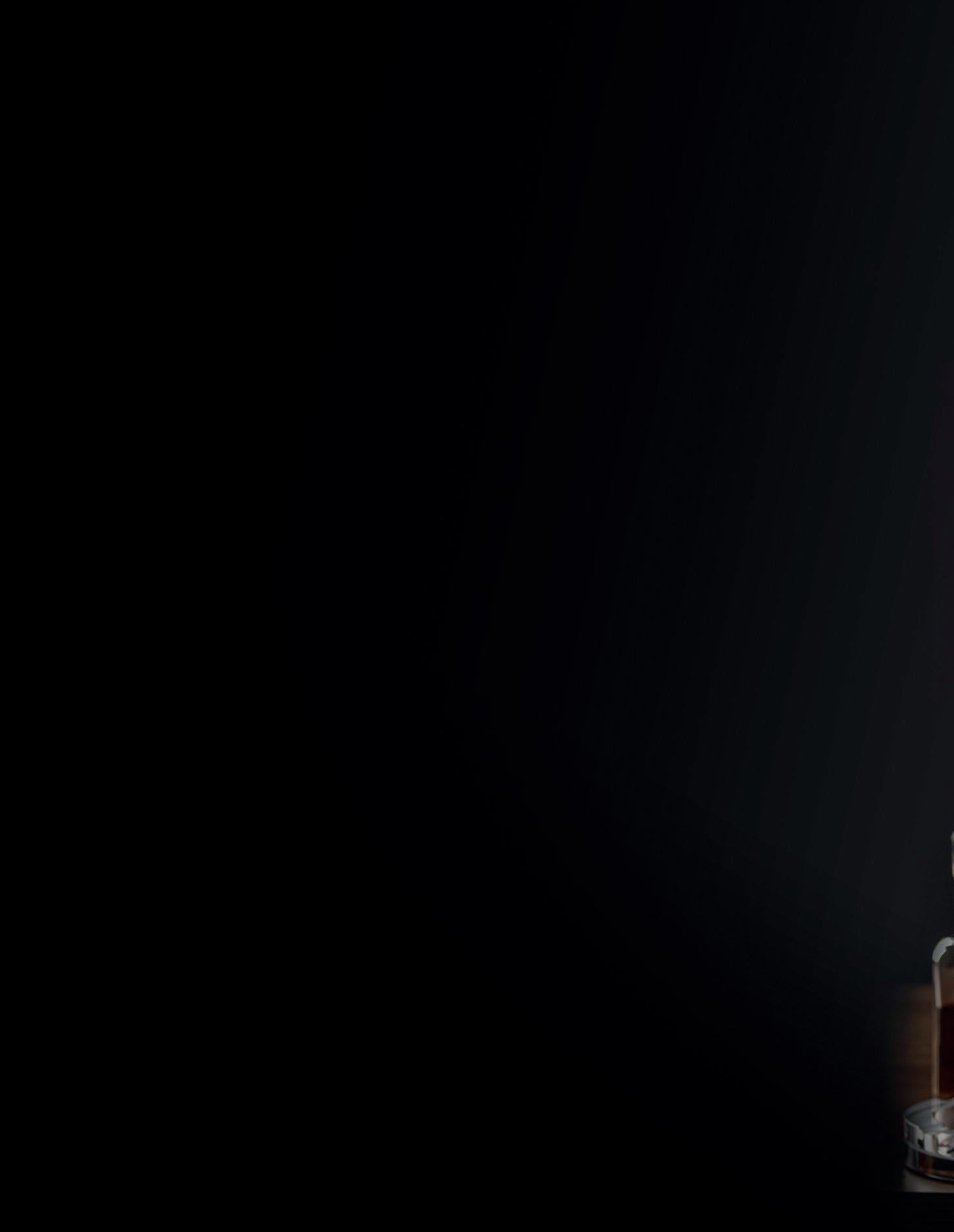

Based on firm ideals around cigars as elements of elegance and social cohesion, Porto Real is a brand established from the tastes and values of Don Enmanuel Estrella, a passionate tobacco enthusiast who instilled in his children Alexander, Mario, and Yanira an entrepreneurial vision centered around a factory and a special blend.
Navigating between film, television, modeling, and the Tobacco World, Alexander Estrella found his path with a clear direction, always understanding that cooperation and forming alliances are crucial to achieving dreams.
Alexander Estrella is the eldest of three siblings in a family where unity prevails. He was born and raised in Santiago de los Caballeros, Dominican Republic, where, under the guidance of his father, Enmanuel Estrella, and alongside his brother Mario, he has been closely linked to the tobacco tradition of his country since 1994.
Smelling, seeing, and enjoying tobacco has been normal for him since those early years. While a child shouldn’t be surrounded by smokers, the atmosphere this industry represents has been a constant in his life. Among his oldest memories is playing hide and seek with Mario –after school– among the tobacco piles of the factory, where the aromas would impregnate their clothes as evidence of their mischief.
Consequently, their father would reprimand them in some way, sending them to the packing area to make bundles and to the stem-stripping area to devein
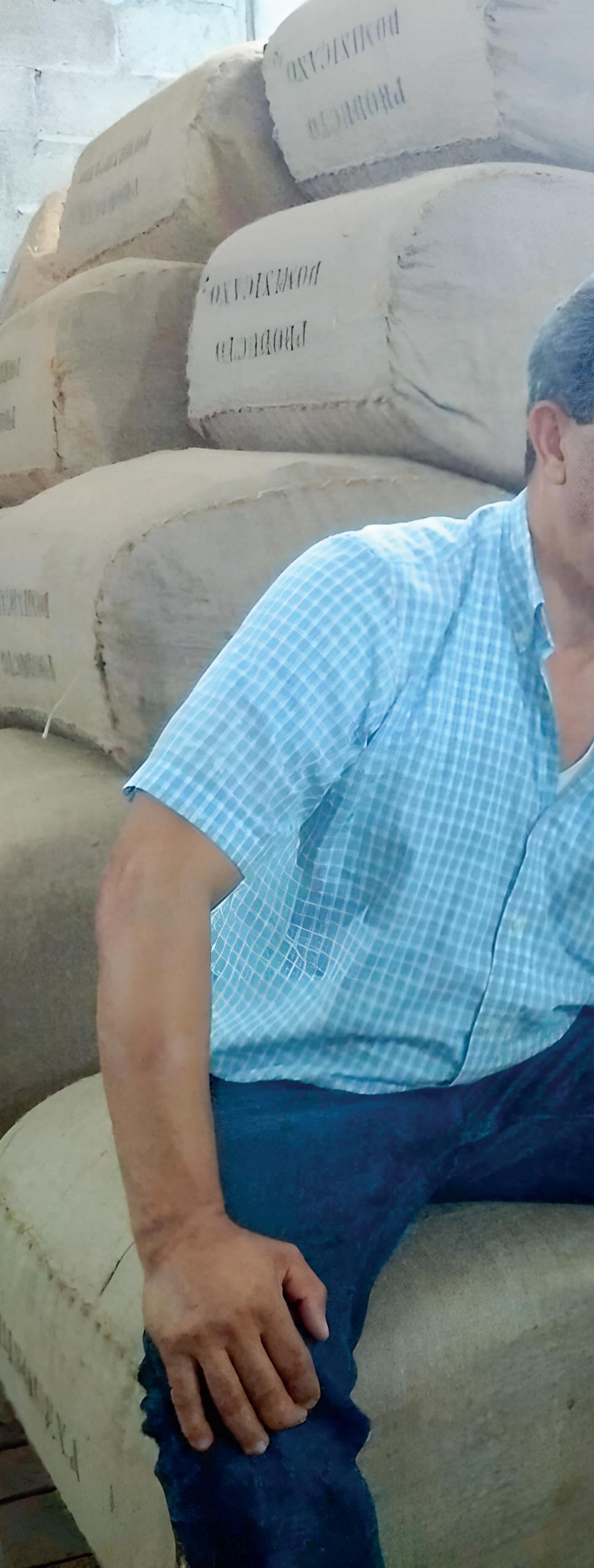

the leaves. As a result, the brothers grew up with a kind of tobacco education; an experience to which Yanira, the youngest, would later join.
Alexander was raised alongside this serious man, with a great passion for enjoying tobacco, and he understood that a cigar is the complement to a good conversation. Seeing his father smoking was an impressive image, a symbol of elegance and masculinity, which, without reaching rusticity or rigidity, implies a social act in which everyone is welcome.
Don Enmanuel Estrella was professionally trained as an Industrial Engineer and for some time worked at the Cervecería Nacional Dominicana. Based on that knowledge and industrial experience, he decided to partner with one of his brothers to found his own factory; in his case, a tobacco factory.
The name of that first venture was Gran Montaña, as it sought to pay homage to the city of Santiago de los Caballeros, surrounded by a mountain range in which a particular elevation stands out, the Diego de Ocampo peak, near which the family owned some farms.
Not having sufficient knowledge about tobacco, Don Enmanuel sought advice from different people, as well as from his brothers, while he focused on production, quality, and consistency, making it possible to create a product both for themselves and for others.
During the first years, they worked with raw materials purchased from various external suppliers to conduct blending tests and determine the best harvest areas before venturing into tobacco planting for filler with limited productions.
This brand served as a springboard into the industry and for building relationships. At one point, they collaborated with companies like La Aurora and private labels for the European and United States markets. With the tobacco boom in the 90s, the factory was very successful, but like many other businesses, it also experienced market downturns.
So, Don Enmanuel, although always accompanied by a cigar, had to focus on other things... –Until Alexander recounts–the Estrella family returned to the world of tobacco as producers in the development of raw materials for the wrapper, binder, and filler, as well as shredded tobacco, supplying various factories with machine-made tobacco products.
“This tobacco-loving engineer always believed in the importance of forming good work teams. In this way, he got involved in the harvest throughout the northern area of the Cibao Valley, in an area known as La Línea, but mainly in La Canela.”
Over time, Don Enmanuel set up a new factory in Tamboril, Porto Real Cigar Factory, supported by all the people he had been working with, and began producing Porto Real, a cigar made with the touch of the family. By handling the production of raw materials, cigars, and other tobacco products such as loose leaves and shredded tobacco, the new company name expressed a more global activity.
Don Enmanuel Estrella passed away in 2017, leaving the company in the hands of his offspring, who, despite not having that leader physically, have continued to work hard to carry on the legacy and desires of that wonderful man who “is always present, with that influence of love and respect towards tobacco.”
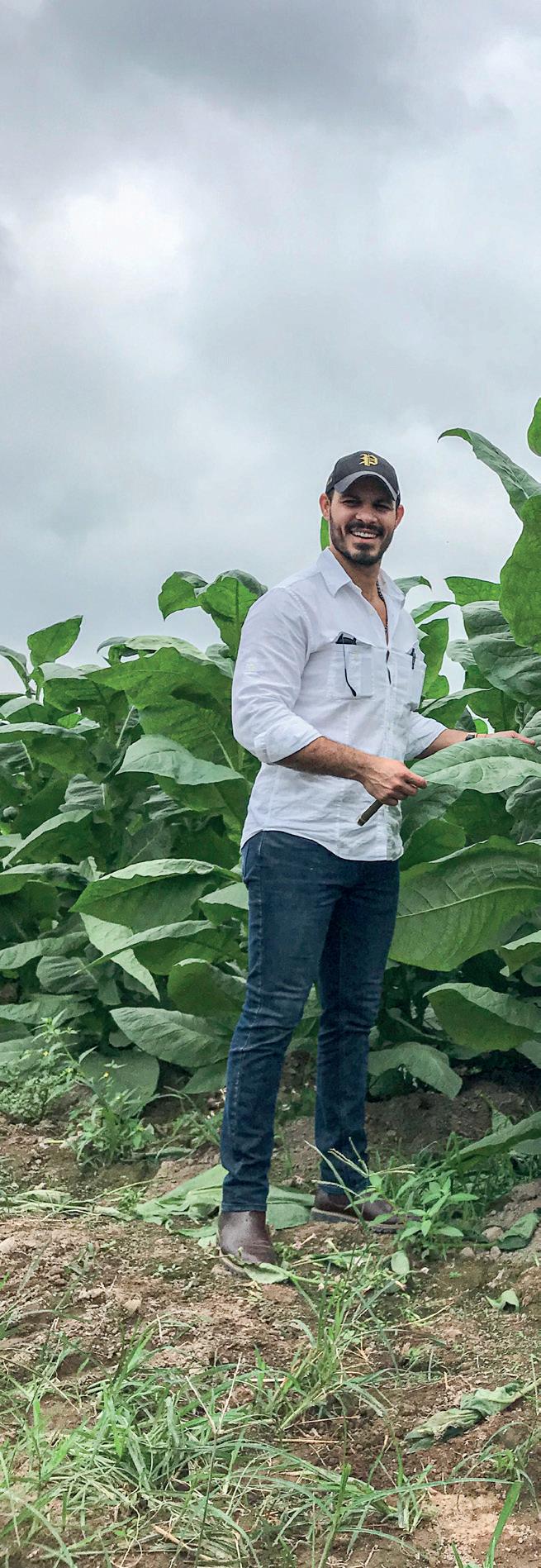

According to Alexander, Porto Real Cigars was created in 2012 thanks to his father’s desire to have a brand in the market, and the name responded to the nautical theme, which he was also passionate about, as well as his taste for good Port wine (Vinho do Porto).
The label, designed by Mario Estrella –an Architect by profession– symbolizes a family embrace of tobacco with a crown representing Don Enmanuel’s leadership, a man of refined tastes, who is also honored with the word “premium.” Four stars, two on each side of the crown, correspond to his wife, Doña Yadira, as well as to Alexander, Mario, and Yanira, while six coins, two with the image of a lion, are emblematic of strength and unity.
The brand was created under a romantic, classic idea; Don Enmanuel’s vision of what a cigar should be: “He wanted to see someone smoking a Porto Real as something elegant, with that burgundy red ring,” says Alexander, who explains that initially everything was trial and error, ranging from a presentation in a box of eight cigars with a coffee pack, to one of 12 that eventually evolved into boxes of 10 and 20 units, as an established product.
For the Estrella Pichardo family, the goal is to take the brand to another level; a mission that has been accomplished thanks to a combination of forces, passion, and dedication. A path of highs and lows they have traversed, always inspired by their love for their patriarch.
At Porto Real, blends were created to make the smoker feel comfortable, whether they are expert, intermediate, or novice aficionados.
Porto Real Connecticut (yellow line) is a complex blend of Connecticut Ecuador wrapper, American Connecticut binder, and Dominican and Nicaraguan filler; Porto Real Clásico (red line) contains Habano Ecuador wrapper, Corojo binder, and Dominican and Nicaraguan filler, and
Porto Real Maduro (black line) consists of San Andrés Negro Mexico wrapper, Arapiraca Brazil binder, and filler including Ometepe tobacco.
All of them are offered in traditional Robusto and Torpedo formats; a 4.5-inch Gordito, 56 ring gauge, and the brand’s flagship size, the 6-inch Toro, 54 ring gauge. They are presented in boxes of 10 or 20 cigars, with prices ranging from 8 to 15 dollars per unit, depending on the taxes covered by the final point of sale.

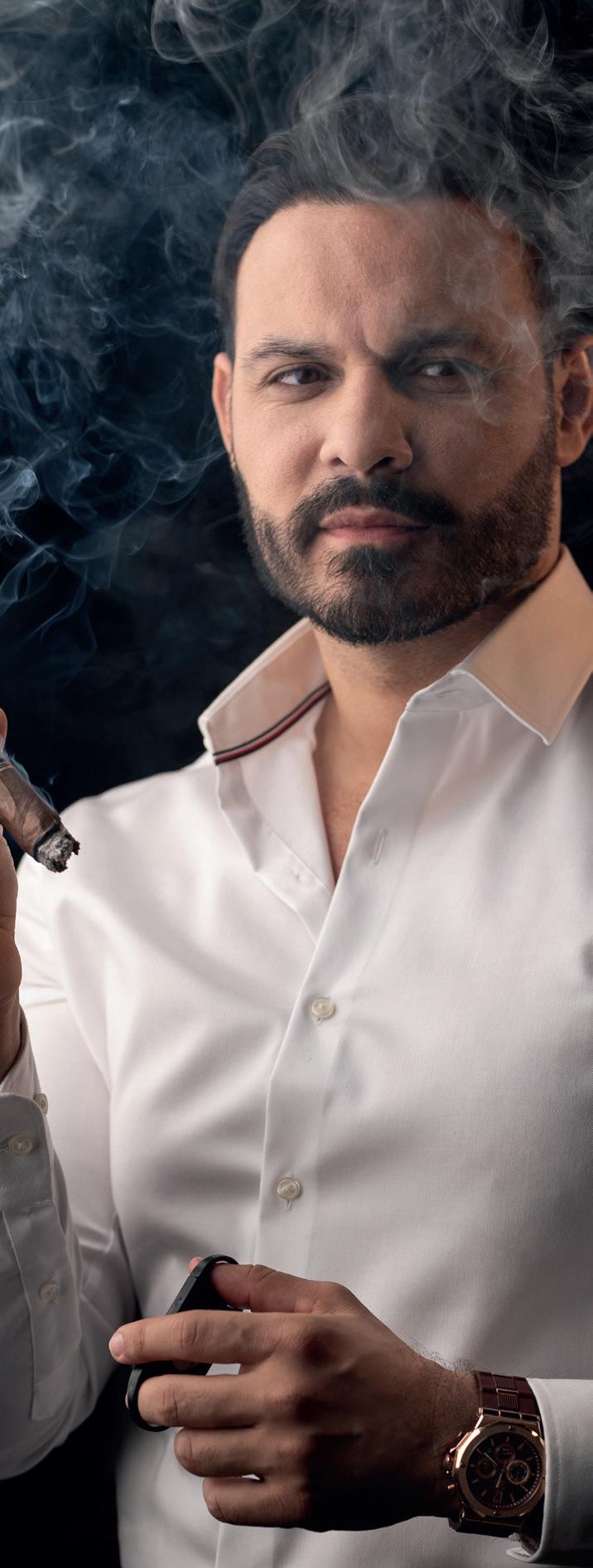
The family company, developed near Santiago, in the Dominican Republic, is dedicated to the cultivation of tobacco not only in the country but also in Ecuador and Nicaragua; its processing, which includes tasks such as fermentation, selection of leaves for filler, binder, and wrapper, as well as the purchase and sale of this raw material.
In addition, its director, Mario Estrella, has been in charge of successfully managing the manufacturing of premium cigars both for their own brand and for private labels, as well as the production of other derived and/or alternative products in the industry. This includes their contribution to the market as suppliers to other recognized companies.
From here, they also coordinate the operation of their factory in Condega, Nicaragua, where the opportunity to expand the company arose, and they established partnerships, allocating the majority of that production to Europe. The family philosophy holds that “one alone cannot do everything, and faced with the needs of both parties, we achieved this alliance of warriors.”
Alexander began his training in performing arts as a child, without the ambition of one day participating in the tobacco industry, but always guided by his father, who inspired great respect and admiration in him.
At the age of eight, he began his acting studies in the Dominican Republic, and in 2006, he obtained a scholarship that took him to continue his training in New York City, United States. Three years later, already as a professional actor, he embarked on a journey to Madrid, Spain, where, in addition to specialized studies in acting, production, and direction of film and television, he worked simultaneously in the film industry.


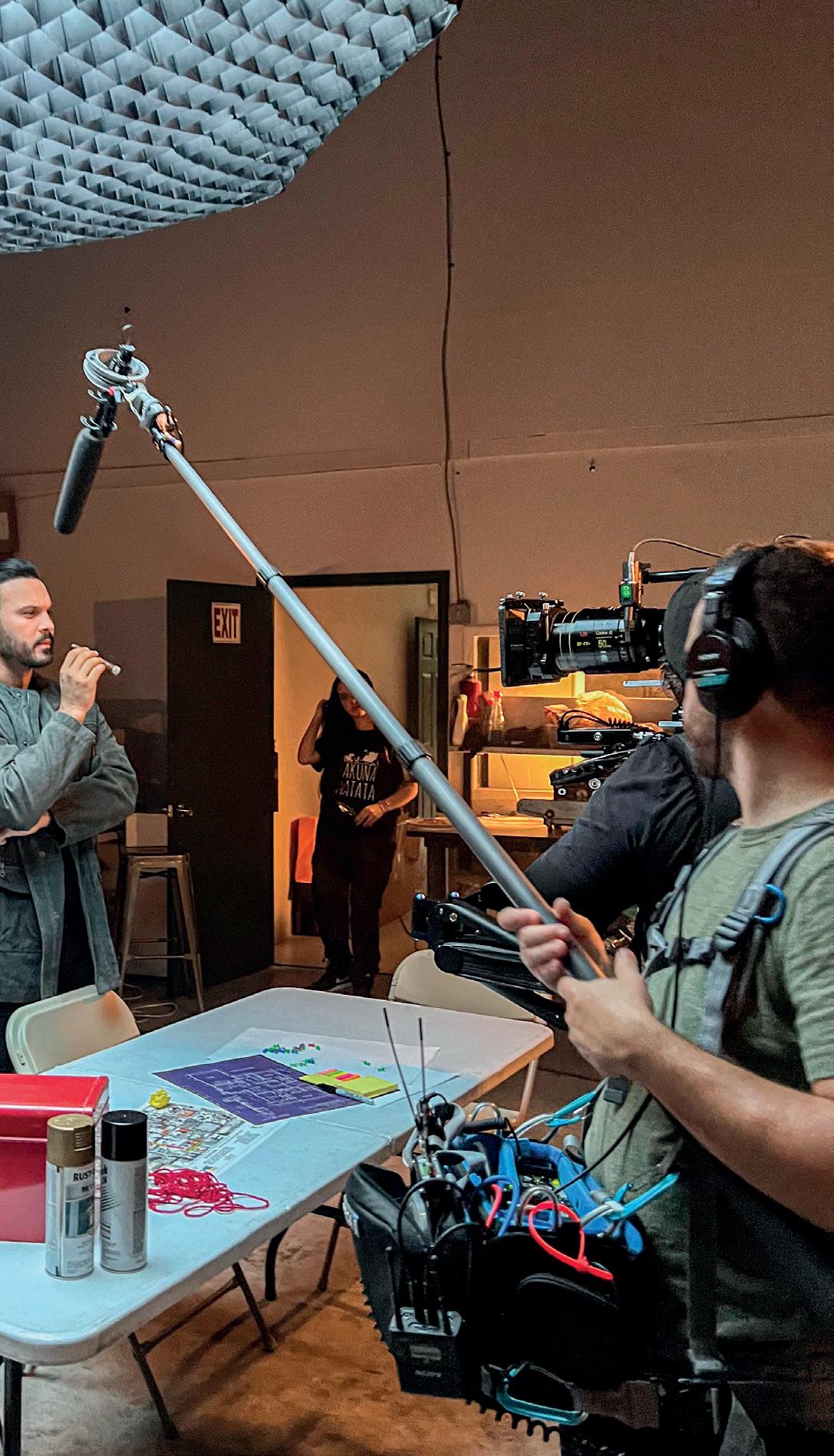
Back in the United States, now in Miami, Alexander –who continues his acting career to this day– after participating in various soap operas felt the need to develop another activity that would be compatible and contribute to his lifestyle. So one day he turned to his father, who made him see the opportunity to combine the artistic environment with tobacco.
“Why don’t you start something related to cigars? You are an actor who will represent the brand, and the brand will also represent you. You will be the face , you have the gift of speech, personality, bearing...”, were some of the words, he says, Don Enmanuel told him.
That’s how the actor and model’s career merged with the spokesperson and public image of a cigar brand. “At some point, I was invited to model for car or clothing brands –he continues– and my only condition for accepting was that when wearing a suit, I would have a cigar in my hand. They never said no, and in the end, the cigar added elegance to the picture,”
Gradually, his personal taste developed, and he went from smoking only at events to finding great enjoyment, as he does today, as a result of what he describes as one of the most important experiences of his life: sharing a smoke with his father and brother on the family terrace: “If you asked me for something I’d like to repeat, I would undoubtedly choose that moment with them on any terrace, wherever it
In 2013, Alexander began a new stage in his life within the tobacco industry, with the founding of United Tabac, a “360-degree” company dedicated to the import, export, representation, distribution, and commercialization of tobacco products in general. “We named it that way because of our idea of unity and the desire to contribute to such a demanding industry, which many want to enter,” he explains.
He explains that this business is like a catalog of solutions for those entering the Tobacco World, providing support and accompaniment to brands seeking to reach as many stores and Cigar Lounges as possible. “We also offer professional storage and care services for their products once they’re in the United States, as well as advice, education, and support on any issue requiring a solution.”
But it is not something created overnight as an entrepreneurial idea, but with a lot of desire, dedication, passion, and commitment to work: “The family stamp that defines the Estrella Pichardos”.
For Porto Real, the possibilities for growth are endless, traversing different locations of the United States and with plans to conquer the European market in countries such as Spain, Switzerland, Italy, France, Latvia, Germany, Montenegro, and others. But also in Lebanon, Dubai, or Africa and China, where products have already been sent and they hope to make a stronger impact.
The plans also include consolidating themselves in the domestic market of the Dominican Republic, “but beyond just thinking about sales, we also want to contribute to an industry and a lifestyle full of positive energy, education, and good taste.”
So, Porto Real’s North, of the Estrella Pichardo family, is to reach those who smoke with this family seal and give them something that adds to their enjoyment. More than conquering the world, it’s about conquering people; friendships that allow for lasting relationships to be established.
For next September, they are preparing the launch of Estrella Premium Cigars, a brand that will be one hundred percent Dominican, with affordable prices, in Habano and Maduro wrappers, in a Toro format. But there’s also Cinema, a proposal focused on the modern market, the movie and tobacco enthusiast, where characters who smoke project a great personality. Such is the case of Clint Eastwood, or films like Scarface and The Godfather.
This brand will cover lines of different formats and/or special vitolas. “A larger portfolio than Porto Real, with accessible prices and the creativity of cinema,” says Alexander, with reference to his acting career.


For Alexander, life with Don Enmanuel was always full of learning, and a phrase he constantly heard was: “Time is gold, seize it.” He highlights that a shared taste for everyone was the one for watches, an elegant jewel that always represents something special, such as a reward for a good deal. His father liked them, but he even collects them.
So, along with his brother, the idea arose to create a private line of cigars that would be accompanied by a watch, and what initially would be a family gift turned into a complete product that will soon be part of their regular catalog, under the Enmanuel Estrella line. It consists of a humidor with 30 Corojo wrapper cigars –his father’s favorite tobacco–accompanied by a Grand Seiko in a brown design, special edition Time is Gold, Porto Real
“The color of this watch is to give it a touch of tobacco”, inspired by the one my father frequently used,” complemented by some elements of a symbolic and special nature for the family.

Alexander then describes that home, where Doña Yadira, his mother, has always been a fundamental and unconditional support. In addition to love and empathy with his father, “she has always put on the table that things must be done well, even if it takes time. She has been an inspiration, our reason to move forward, and the origin of our empowerment.”
He also recognizes his brother Mario, the backbone of the company’s development in the Dominican Republic, thanks to his knowledge of tobacco. “We owe him the ability to establish ourselves in a market that is both large and small at the same time, to which we joined to become a consolidated company.”
In the case of Alexander himself, he is the one who promotes and manages the family’s businesses, taking charge of the entrepreneurship of new projects that have started even from scratch, such as United Tabac.

When Yanira joined the equation as a Marketing and Business Administration professional, they managed to implement the necessary order and strategy to present themselves as a complete company both in the Dominican Republic and the United States. “She not only contributes to the aesthetics and marketing of all our products but also to the development and business growth.”
And so, together –just like the elements that appear on the label of their brand–they have been able to shape and increase what could be defined as a true inheritance.







As part of a family dedicated to agricultural production in Villa Tapia, province of Hermanas Mirabal, formerly Salcedo, Marcos Pérez grew up in the Dominican Republic following in the footsteps of his grandfather Arturo, a country man who was always seen smoking a cigar and drinking coffee.
In the 1980s, a young Marcos moved with his family to the United States, where he found better living conditions, but always retained the nostalgia for that land where he had left behind the aromas and flavors of childhood, tied to memories of his grandfather, whom the grandchildren called Papuro in the natural difficulty of a child learning to speak.
Established in New Jersey, Marcos Pérez advanced patiently until years later he could have his own cigar brand, made in the Dominican Republic but with an eye on the US market. A tribute to his roots that is now present in different tobacconists and Cigar Lounges in New York, Connecticut, Pennsylvania, Atlanta, North Carolina, and Texas.


In Villa Tapia, Marcos Pérez lived a happy childhood. He was the third of eight siblings who grew up among the farms, watching his grandfather Papuro harvest tobacco leaves, which he would then dry and place in sacks that the animals transported for sale to the tobacco factories of that time.
He remembers, alongside that man, traversing the 5.6 hectares where he planted various agricultural products, reserving the cooler areas for tobacco.
“My grandfather’s schedule was strict and almost religiously he smoked a cigar in the morning, another at noon, and one more in the evening, always accompanied by a good black coffee,” he says, and he also remembers his grandmother, who smoked Andullo wrapped in tobacco leaves.
Like many other young people, Marcos moved to study high school in Santiago de los Caballeros, the capital of the province and close to Tamboril –now recognized as the World Capital of Cigars–, where he reinforced his bond with tobacco by socializing with people who were “more advanced” or somehow related to the industry.
Settled in the city, Marcos’s first cigar wasn’t Dominican, but a Cohiba, a gift from Cuban medical students doing an internship in Santiago: “They invited me, and I gladly tried it. It was something that immediately reminded me of my grandfather, and since then, I haven’t stopped smoking.”
At the age of 16, Marcos left with his parents and siblings –four women and three men– to the United States, and the family settled in New Jersey. The young people, thanks to their nature at that age, soon overcame the cultural differences that migration presented to them.
The change was drastic –he comments–but the new conditions and opportunities facilitated the transition. However, they always preserved their traditions, and in Marcos’s case, the idea of “someday, doing something related to tobacco; producing my own brand, perhaps” began to take shape.
He never completely moved away from the Dominican Republic. He used to come and go constantly, so much so that he married a woman who was his neighbor as a child, and from that marriage came three children –two girls and a boy– whom he has instilled with an interest in tobacco and the teachings of his grandfather, even though each has followed their own path.


In 1986, grandfather Arturo passed away, and the tobacco planting on his lands in Villa Tapia gradually faded away. Although the seed of his legacy had taken root thousands of kilometers away and decades apart, in New Jersey, where Marcos, engaged in inspecting lottery machines for the state government, began to experiment within the Tobacco World.
During 2018, he met the owners of Tabacalera Juan de León, Cubans settled in the United States but with a factory in the Dominican Republic, who offered to produce his cigar, but also suggested him to get to know the US market first.
“That was a pilot test,” Marcos continues. “They had about a thousand boxes of their La Familia Cubana brand, and they gave them to me to place them. I came up with a sales plan, and in eight months, there were none left.”
That first foray into stores, placing the product, reinforced his purposes, and although the Covid-19 pandemic hindered the development of the project, it did not stop it.
The brand was configured as a tribute to his grandfather and his nostalgia for the past, so 1901 recalls the year of Don Arturo Pérez’s birth, and the setting is a country house taken from a very old photograph found where Marcos lived his early years. By the end of 2022, he resumed his research into market preferences, the design of the label and boxes was decided, and most importantly: the blend.
He sought a medium strength blend, where the flavors stood out and could please the majority of aficionados. The mission was entrusted to Juan de León, Master Blender of the factory located in Tamboril, who achieved a blend composed of six different tobaccos from Villa González and La Canela, to obtain a Dominican cigar with a Habano wrapper presented in the Torpedo, Toro and Robusto vitolas; the most popular sizes in the United States.
To date, 18 thousand cigars have been produced, in two batches. With the presence obtained as a seller in different tobacconists and lounges in the New Jersey area, at the end of 2023, Marcos organized a launch event, followed by a promotion strategy that currently has 1901 Papuro in more than 40 stores, in addition to direct sales to the public through its website papurocigars.com, with prices ranging from 11 to 18 dollars each.
Patience is crucial in this industry, and Marcos Pérez is clear that to grow a brand, you must walk calmly, disciplined, and dedicated, to avoid the dream ending as something fleeting.
“The future of 1901 Papuro,” he asserts, “is projected clear and prosperous, accompanied by the support of family and friends,” who have formed a large group of aficionados of the brand.


Marcos finds in this group the foundations for a future in which he hopes to establish a main headquarters for the company –probably within his own Cigar Lounge–, as well as continue promoting the brand through product branding such as domino tables and dominoes, caps, ashtrays, cutters, and other accessories.
Regarding markets, 1901 Papuro will expand its presence in the United States and in the Dominican Republic, through its participation in events such as the International Luxury Cigar Gala, recently held in Santo Domingo, seeking the possibility of entering –in a better way–an important market that is part of his nostalgia for the land where he was born.
Marcos is not unaware of the challenges posed by this industry, “but when you have a passion, an idea that is prioritized and budgeted for, the process becomes simpler. It’s challenging, but not difficult, especially when it’s something you like or are passionate about, and therefore also makes you happy”.

Juan de León was born in Tamboril, province of Santiago, Dominican Republic, where since childhood he was always surrounded by tobacco leaves learning the art of cigar making, and once an adult, that of blending. Now he has 30 years of experience in the industry and four leading his own company.
In the tobacco factory that bears his name, the mission is clear: to take the ideas and memories of customers to achieve a blend that represents them. In this way, he took the history of Marcos Pérez, CEO of 1901 Papuro, and transformed the essence of the grandfather into a set of tobacco leaves that create reminiscences with every puff.
The creation process of the brand’s main line took more than three months; time during which, through a process of trial and error, Juan worked on a balanced cigar that would provide different sensations when smoking each of the selected formats.
He explains that adapting a family story to a cigar is based on the descriptions of the smoking experience being sought, and the Master Blender’s job is to identify the origin of these sensations in the different varieties of leaves to be used.
“Grandpa Papuro had his personal tastes, and from there come the flavors and aromas that are described today in three available formats,” he says.
The Robusto gives off a pleasant flavor to the palate, very smooth; the Toro is stronger, with notes of pepper in the nose, with a slight, vein-like dryness that is felt, and the Torpedo is stronger, with aromas and notes that linger in the nose and mouth.
For Juan de León, when a Master Blender finishes his work, the satisfaction is enormous. “It’s something like being a parent, with that desire to go out and show off the new creation to the world, because balancing the tobaccos, placing them in the right position, and obtaining the right color of the ash is the result of hard work.”

While there is a great responsibility to the workers of Tabacalera Juan de León and their families, the main responsibility is the reputation of the private brands produced there, because if someone smokes a bad cigar, they will be disappointed. And as in the case of 1901 Papuro, that’s where their biggest commitment lies.
Juan de León, 1901 Papuro’s master blender.

Headed by PhD Anastasia
Psomiadi – expert in ethical and responsible entrepreneurship; active for a long time in the international field–, the SOTL Global Movement creates a positive change in the Cigar World, breaking stereotypes in search of creating a better world, inspired by the love for people and cigars.
From its establishment in Greece, in 2017, its objective is to empower women, inspire them and create opportunities for them to raise their voices; motivate them to create cigar
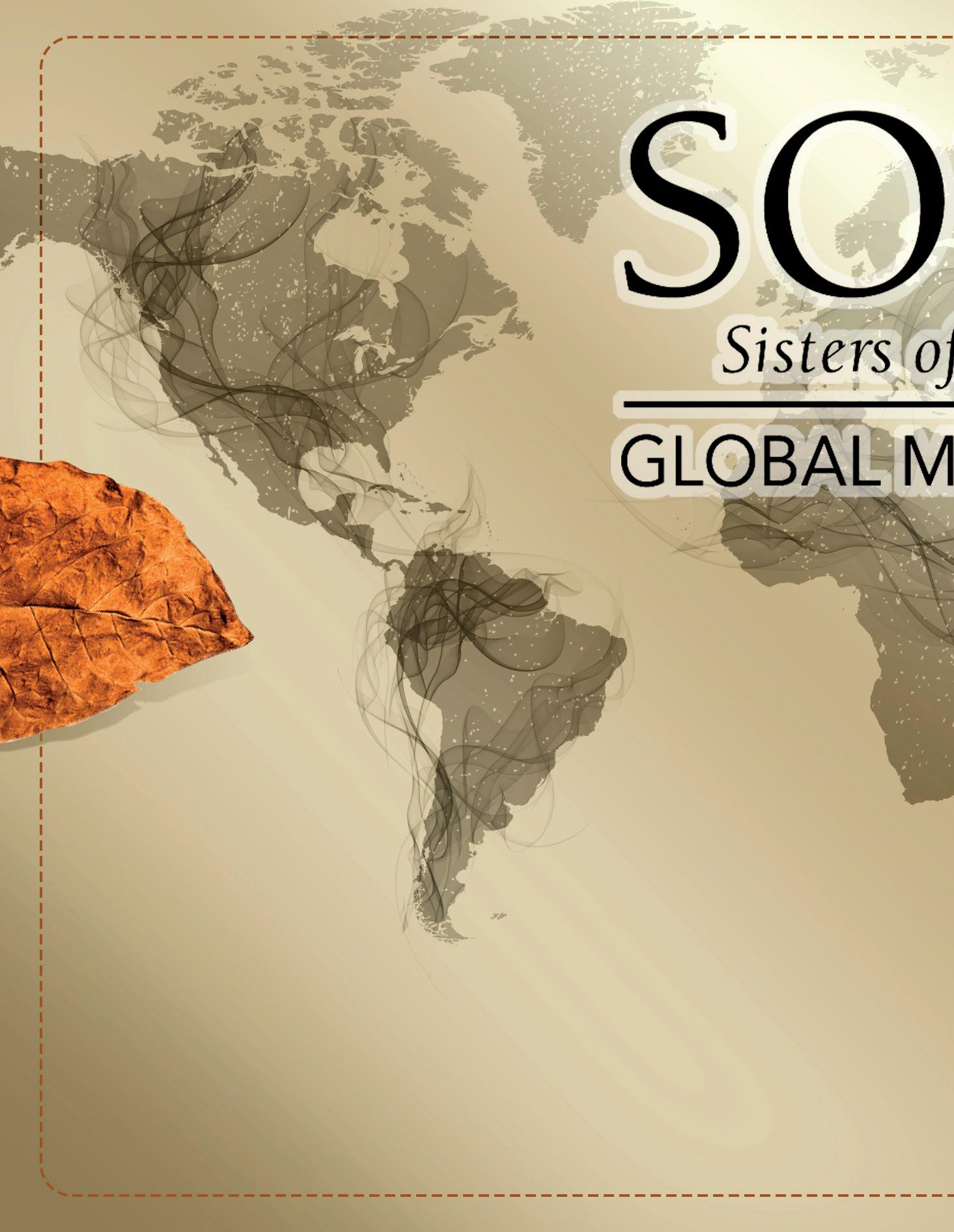
communities, support their entrepreneurial spirit and –in collaboration with men–develop a better environment for aficionados.
The Advisory Council and Management Team work tirelessly to lead the organization toward success, promoting projects such as the Maestro School of Cigar Sommelier Tobacconist, in collaboration with the Tobacco University; the Women Friendly Cigar Lounge Certification, in support of small businesswomen, and Global Round Tables to facilitate discussion and equal dialogue between aficionados.
Also, the Global Movement Cigar Speakeasy online tutoring with Detra Denise, a space to enjoy smoking cigars and dispel worries, as well as Scientific Research in Social Psychology with Panteion University, on the Contribution of Cigars in Social Health, based on the senses, the emotions, the connection, bonding, self-identification and its social value.

Educate people of all genders about the history, culture and craftsmanship of cigar making, promoting awareness of the benefits to health and enjoyment of smoking, will allow future generations to preserve the tobacco industry, if we encourage them same sense of community.
Be part of the Movement!
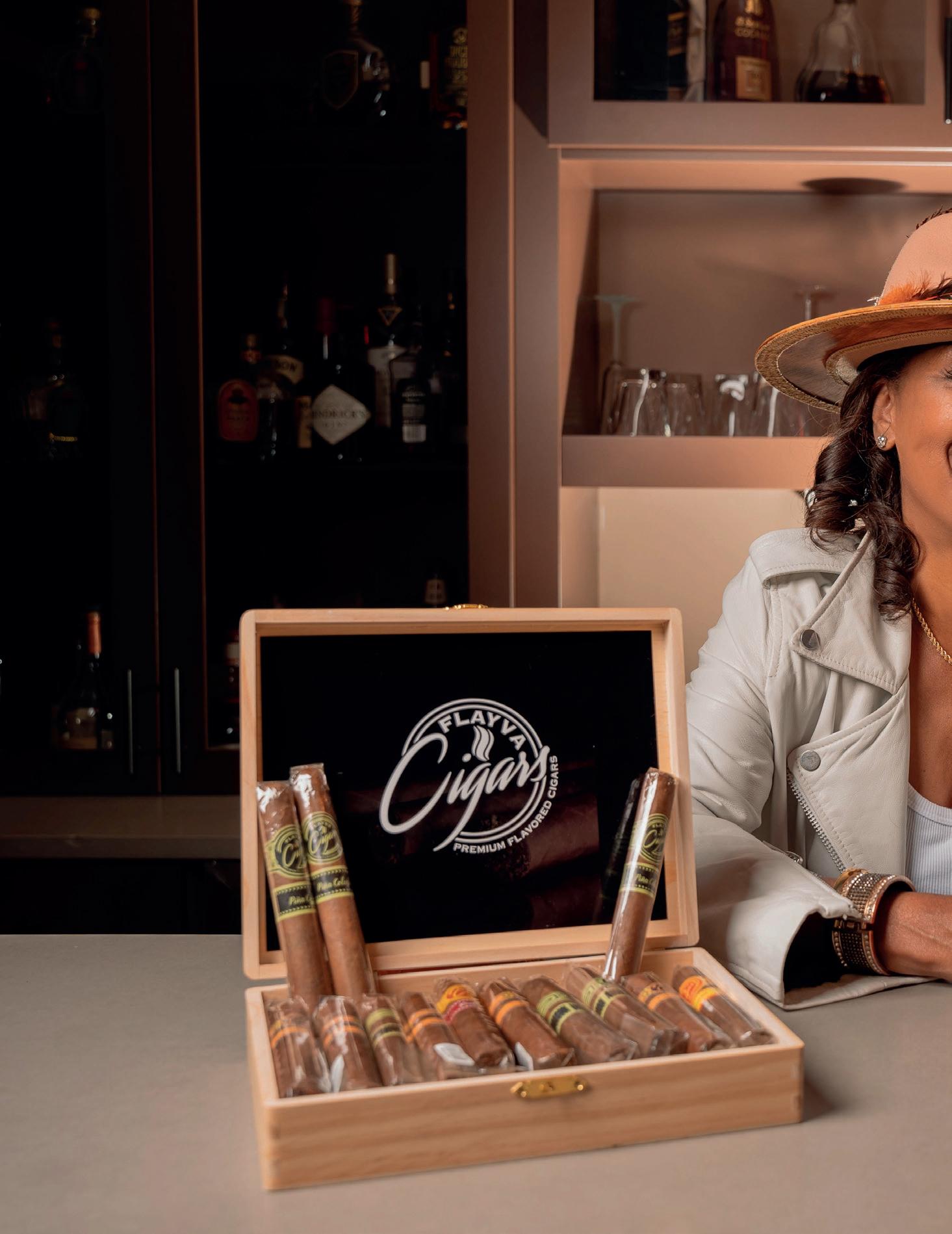 Kimberly Primus...
Kimberly Primus...


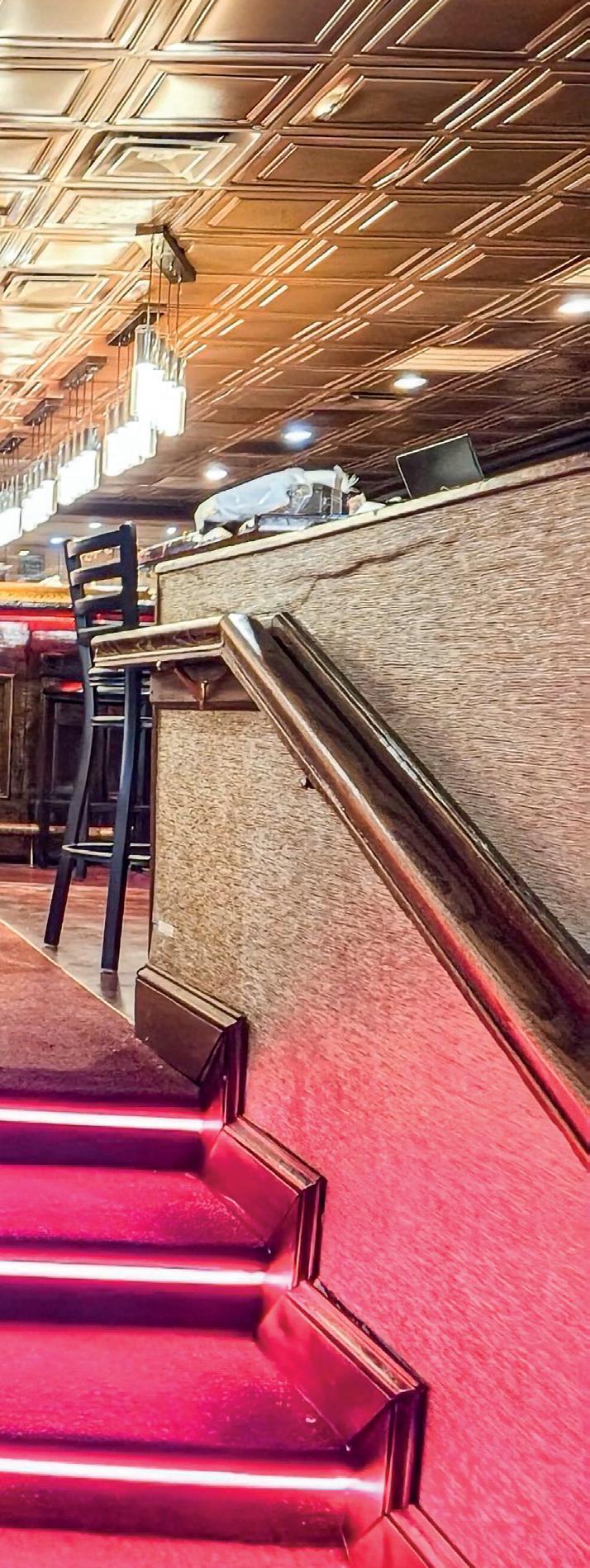
With three decades of professional experience in the field of Human Resources and a couple of them linked to a passion for tobacco, Kimberly Primus combines human relationships with the enjoyment of cigars, also leveraging her business skills alongside Flayva Cigars, a brand of premium flavored cigars designed for socializing and her lounges Cigar City Club.
Kimberly Primus is a businesswoman who enjoys meeting new people in every cigar lounge she has the opportunity to enter. By nature, she is someone who enjoys interacting with others, a similarity she shares within her professional and social life.
For Kim, within the field of Human Resources, as within the cigar industry, it is imperative to embrace others from all backgrounds and walks of life to be effective and achieve results. She adds that cigars have a unique way of bringing together different and diverse people, sparking conversations that would never have taken place if they didn’t share the passion for premium tobacco.
“Always focus on building solid relationships with others you deem valuable because it will serve you well, and you may need their support on your journey,” she advises from her experience.
During the Covid-19 pandemic, she felt the need to create a project that would keep her occupied, an idea that gave birth to Flayva Cigars, a brand of premium flavored cigars created for socializing and as a next step in her passion for tobacco.
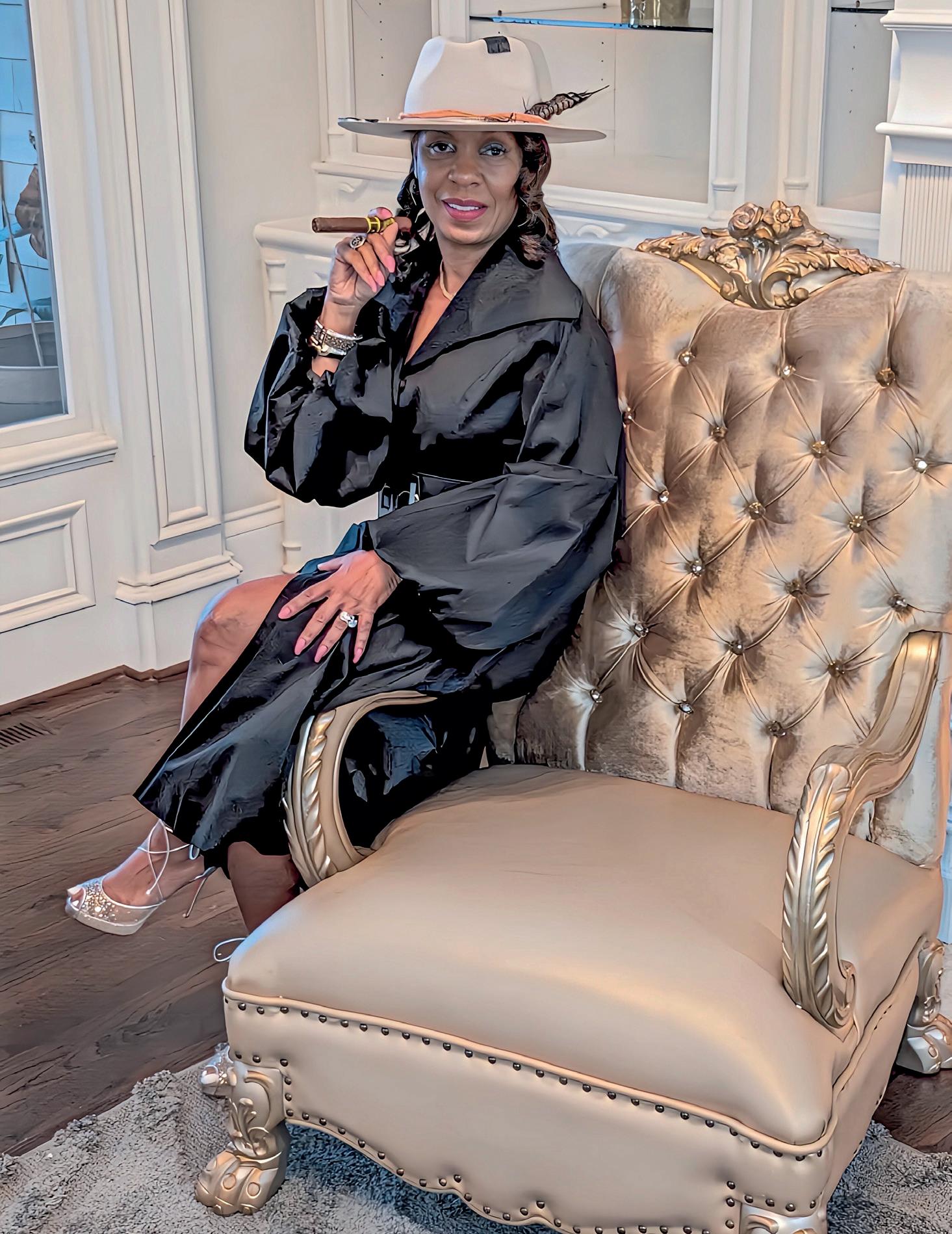
Kimberly recalls that it was through a business relationship that she met the manufacturer of her brand, who provided her with some cigars to taste and left her delighted. They were smooth cigars, suitable for any time of day, a characteristic she was looking for.
By then, Kim was already running Cigar City Club, a lounge that she could use as a platform for her new brand. She placed the cigars in the humidor, and they began to sell. To date, Flayva Cigars offers seven flavors: Brown Sugar, Peppermint, Pina Colada, Hot Chocolate, Black Label, Bourbon, Red Bone Berry, and The Fade, a natural cigar.
According to her, creating the line represented an incredible educational process, as despite being a smoker, she had never before considered the cigar manufacturing process. “There are so many details that go into the production of just one cigar. It’s truly an art form!” she asserts.
As an example of the importance of building solid relationships, Kimberly recalls her recent expansion into the Gambia market thanks to a brand owner who would travel to the African continent to promote his own brand, who proposed to take her flavored cigars to new horizons.
“I didn’t know premium flavored cigars are very uncommon in Gambia, so my cigars were a success and were well received. I am very grateful for this wonderful opportunity.”
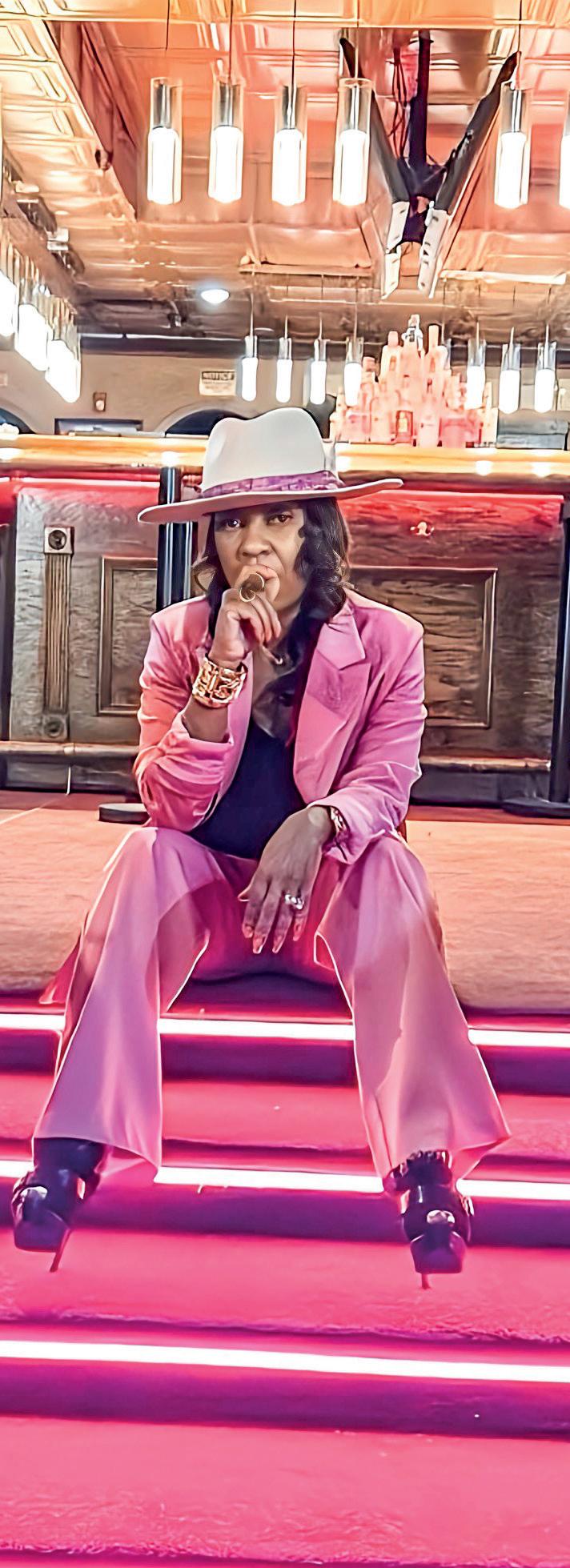
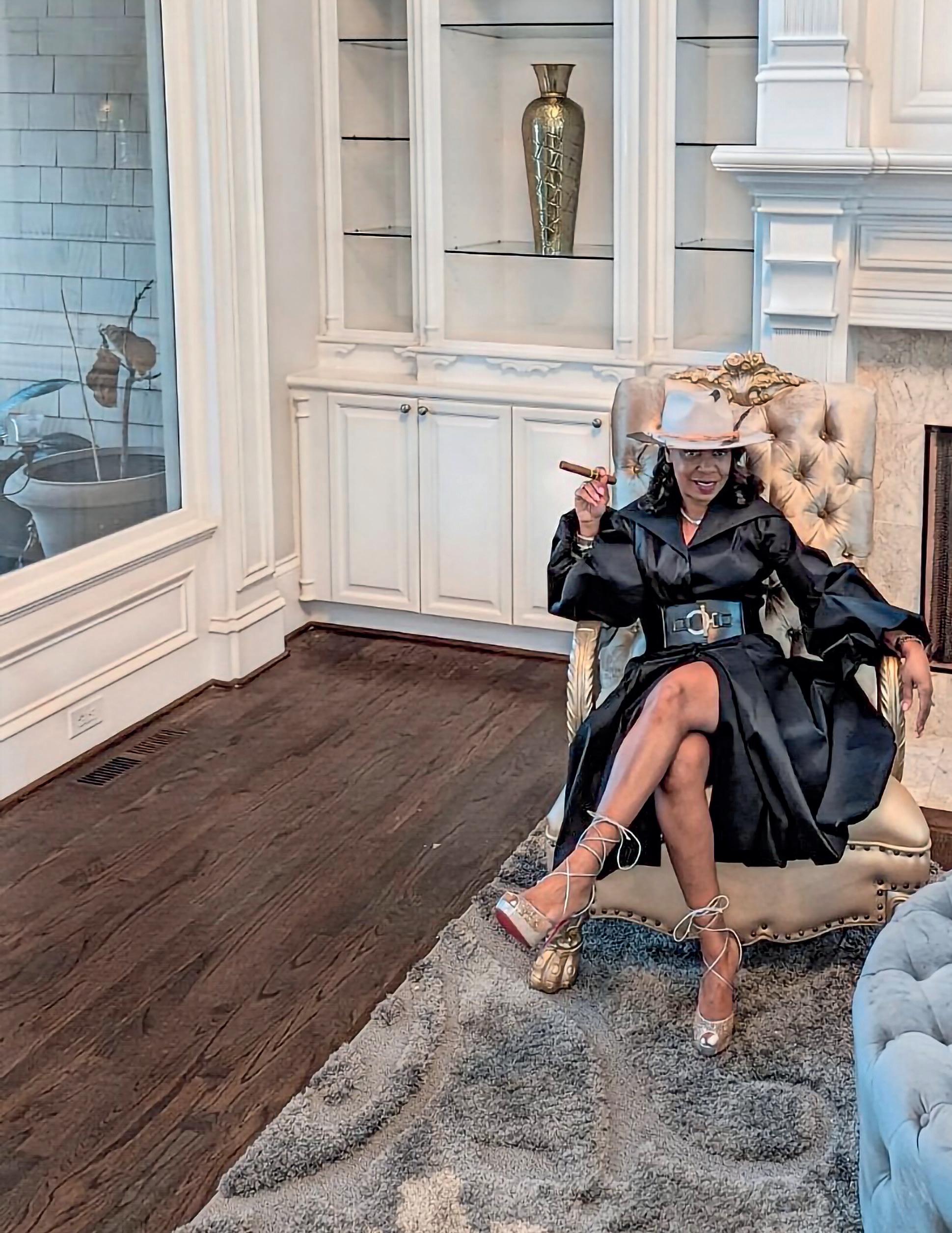

Kimberly attributes her business success to her skills in Human Resources, as from her main professional activity, she has obtained communication skills that strengthen her as a leader, as well as the ability to manage people and processes towards the desired result.
Camaraderie, new experiences, and the opportunity to provide entertainment within a safe space are some of the aspects Kimberly finds most rewarding within the cigar industry.
However, as a woman in a maledominated industry, she finds it challenging to be taken seriously or seen as an equal, creating in her the feeling of having to work harder to earn recognition or respect.
In this regard, she highlights the work of the SOTL Global Movement, from which great work is being done to recognize women within the industry and create networking opportunities for their professional development.
To this day, as the owner of two cigar lounges, Kimberly Primus contributes to this development by dedicating an area of her humidor to women-owned brands, as well as organizing the monthly event called Ladies of the Leaf, where women entrepreneurs and suppliers are invited to sell their products/services. “Women generate a significant amount of income in the cigar industry, so it’s important to celebrate us for our contributions.”
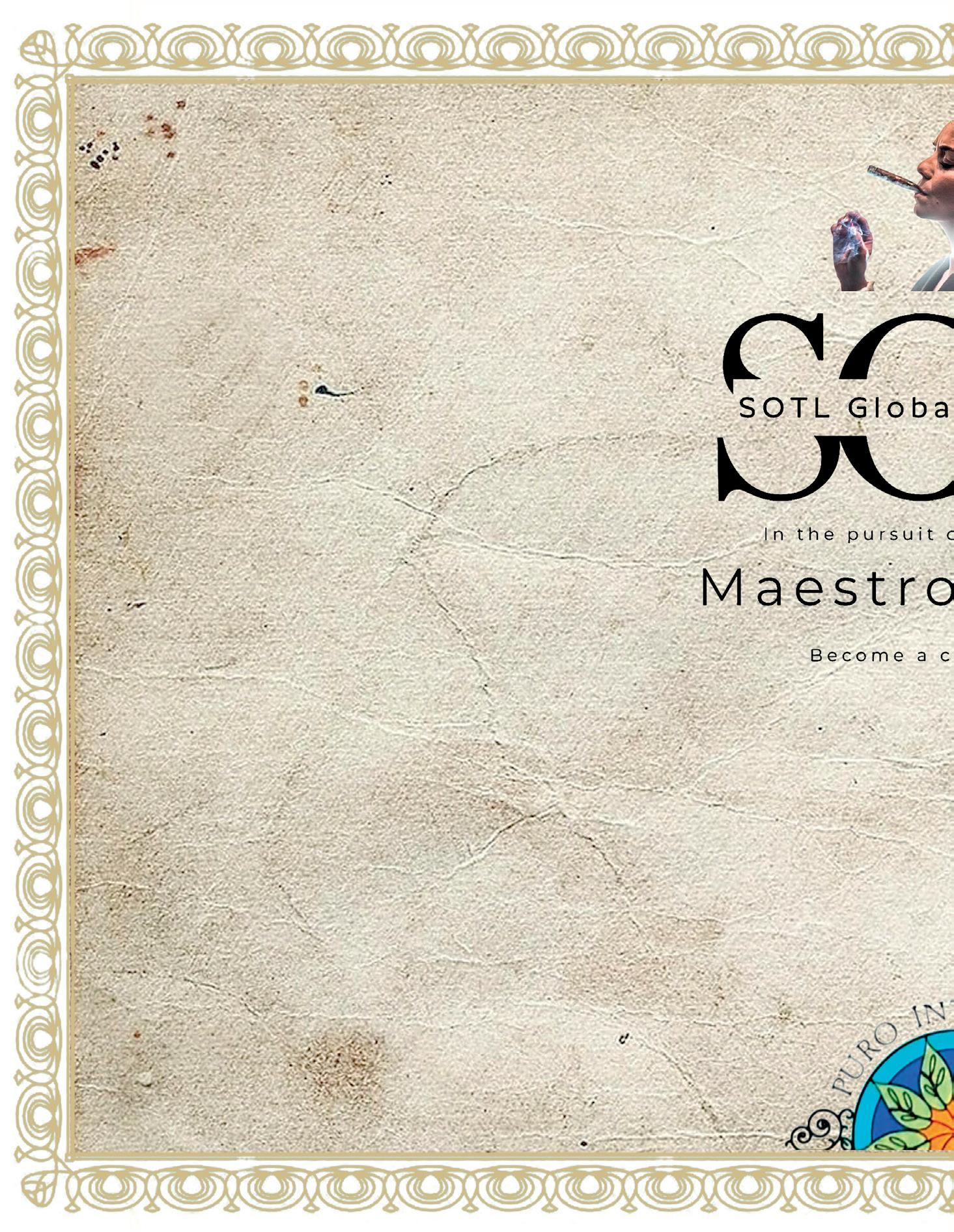
Tobacconist University of Sommeliers...

The mission of graduates from the Certified Cigar Master Sommeliers School of the SOTL Global Movement is to foster a community, offering a platform to network, share knowledge, and professional growing.
This network allows them to meet other cigar aficionados, as well as to connect globally, through the platform: https://www.sotlglobalmovement.com/ sgmsommeliers
In addition to networking opportunities, SGM –in collaboration with Humo Latino– presents brief profiles of certified sommeliers, available in both Spanish and English, to spread the experience and passion of the alumni, who serve as inspiration for aspiring sommeliers.

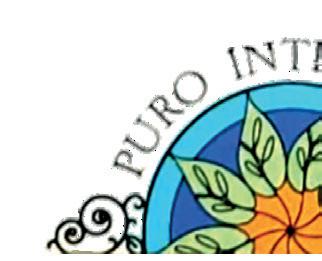



Every two months, SGM organizes virtual tastings and exclusive networking events for alumni, with a special guest, and will provide the cigar to be tasted, if available in their country.
At these gatherings, guest speakers participate, including cigar brand owners, master blenders, and experts in various aspects of the tobacco culture. Thus, alumni will have the opportunity to try different cigars and learn about their origins, flavors, and pairing options. All from the comfort of their homes.
At the same time, a space is provided for graduates to connect, share experiences, and establish relationships in a relaxed and enjoyable environment. Join the SOTL Global Movement to promote the value of the Sommelier Course and let’s continue to elevate, together, the knowledge for the appreciation of cigars!




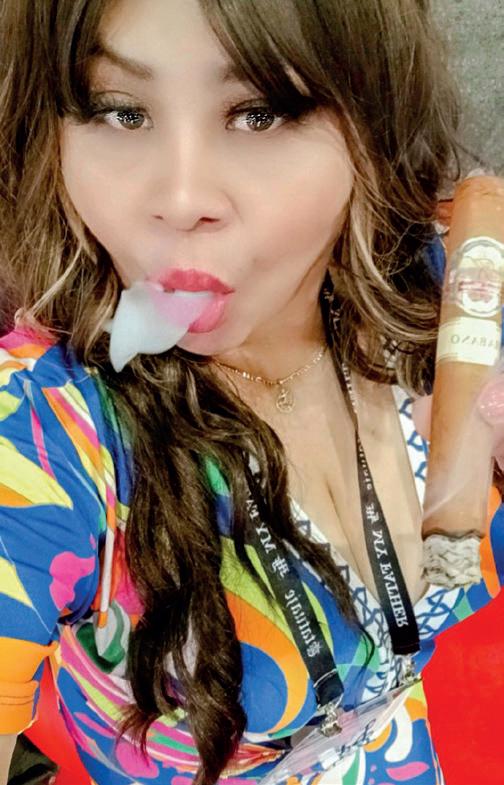
Mayra Alabi, known in the Tobacco World as Maya Queen, resides in Houston, Texas, where she serves as a brand ambassador for Karen Berger Cigars and Don Kiki Cigars.
She believes that the tobacco industry is experiencing significant growth and more and more people, especially women, are getting involved, whether as brand owners, executives, or aficionados.
Of Mayan descent, she explains that her approach to tobacco began from a spiritual standpoint, with a fascination that grew to the point of creating a need to deepen her knowledge. That’s why she decided to approach the SOTL Global Movement, which gave her the opportunity to gain a deeper understanding of the industry, the aromas and flavors of different types of leaves, as well as their behavior within blends and pairings.
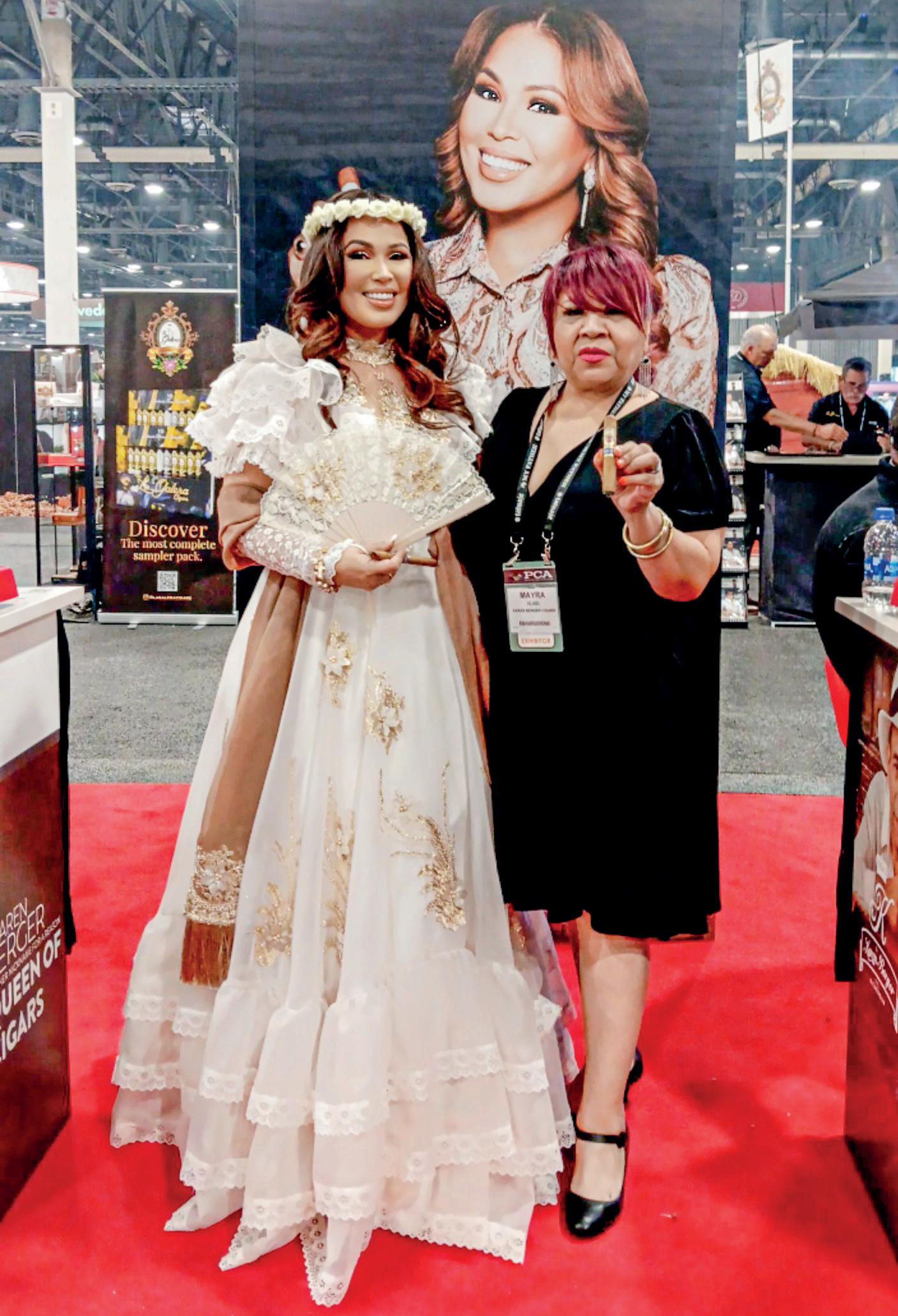

An avid traveler and what we can call a tobacco tourist, Scott Sakalo is a 53-yearold retailer who enjoys visiting a Cigar Lounge in every city he travels to.
He rates the experiences within a Lounge or during industry-dedicated events, such as the Premium Cigar Association (PCA) trade show, as unparalleled.
A resident of Delaware City, Ohio, he affirms that the tobacco industry is alive, where every day a new person launches or grows their brand through social interaction, which is why he decided to be part of the Certified Cigar Master Sommeliers School of the SOTL Global Movement, which allowed him to expand his knowledge and understanding of the industry.
Scott values his preparation as a social and marketing tool, using his new knowledge to make recommendations to customers, as well as to enrich his interaction with suppliers, producers, and enthusiasts in general.


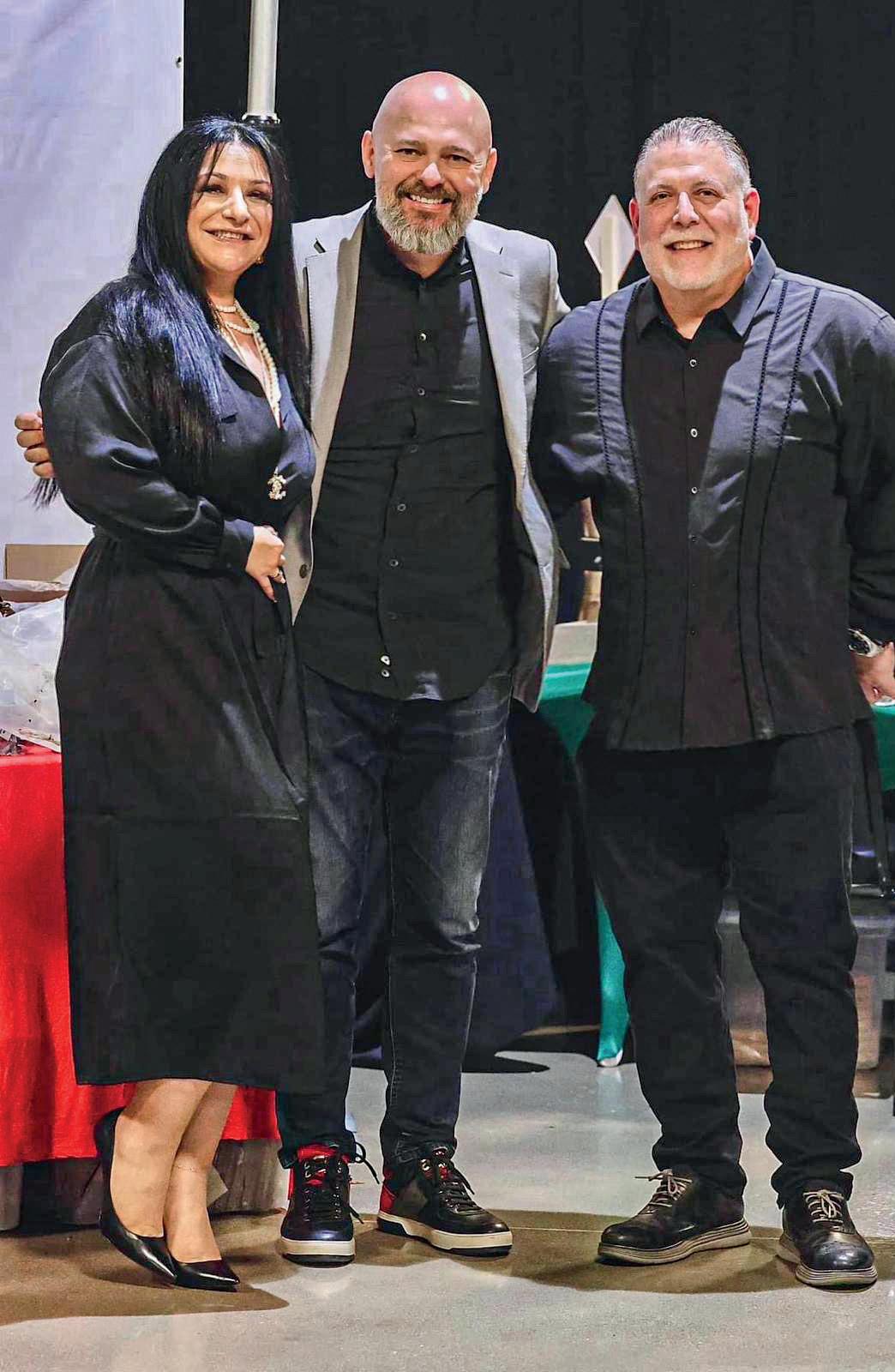
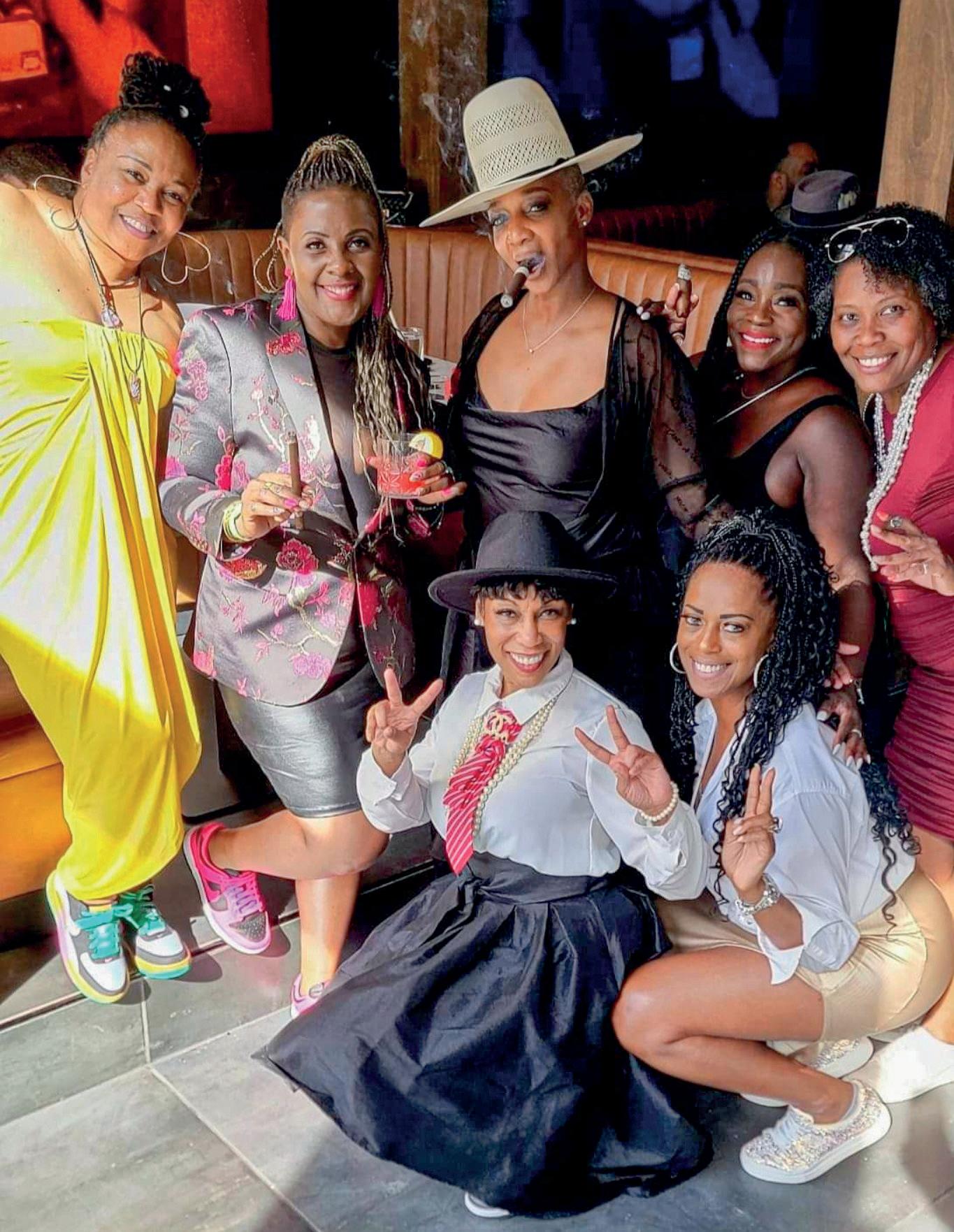

Twenty-seven years ago, in the city of Sparta, Greece, Venita Tsoulogiannis discovered her passion for tobacco, with a love story from the first puff.
Her curiosity led her to join Pipes & Pearls, a Facebook forum where various knowledge and teachings about the Tobacco World are disseminated; a space where she found the impetus to expand her preparation and serve as an example for more women to participate in the pleasure of good smokes, breaking stereotypes –as she puts it– “one puff at a time”.
She currently lives in Atlanta, Georgia, where tobacco culture blends with the Southern folklore of the United States; a lifestyle that encourages building friendships and connecting with other people who enjoy tobacco.
For Venita, participating in an educational program where you can learn at your own pace, like the SOTL Certified Cigar Master Sommeliers School, has been fundamental to continue with her preparation. “Having access to the information offered by this course reinforced my confidence at all levels, with a document that supports me to converse and educate other aficionados.”
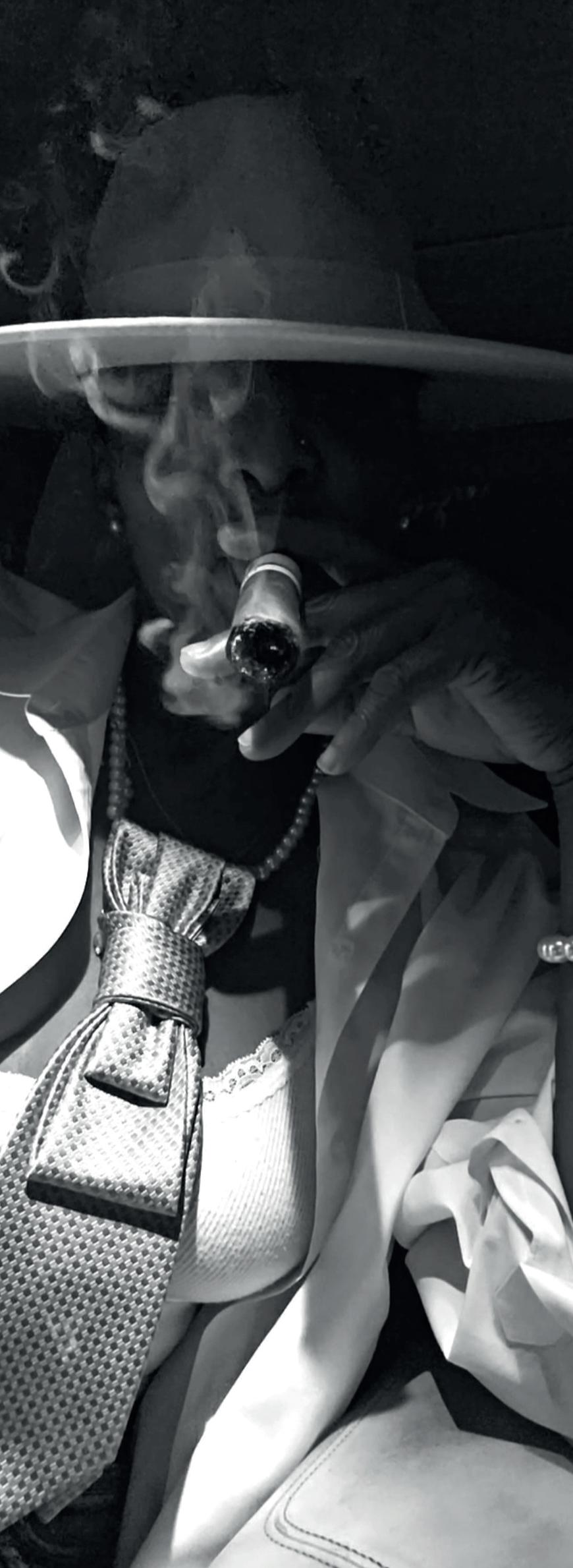

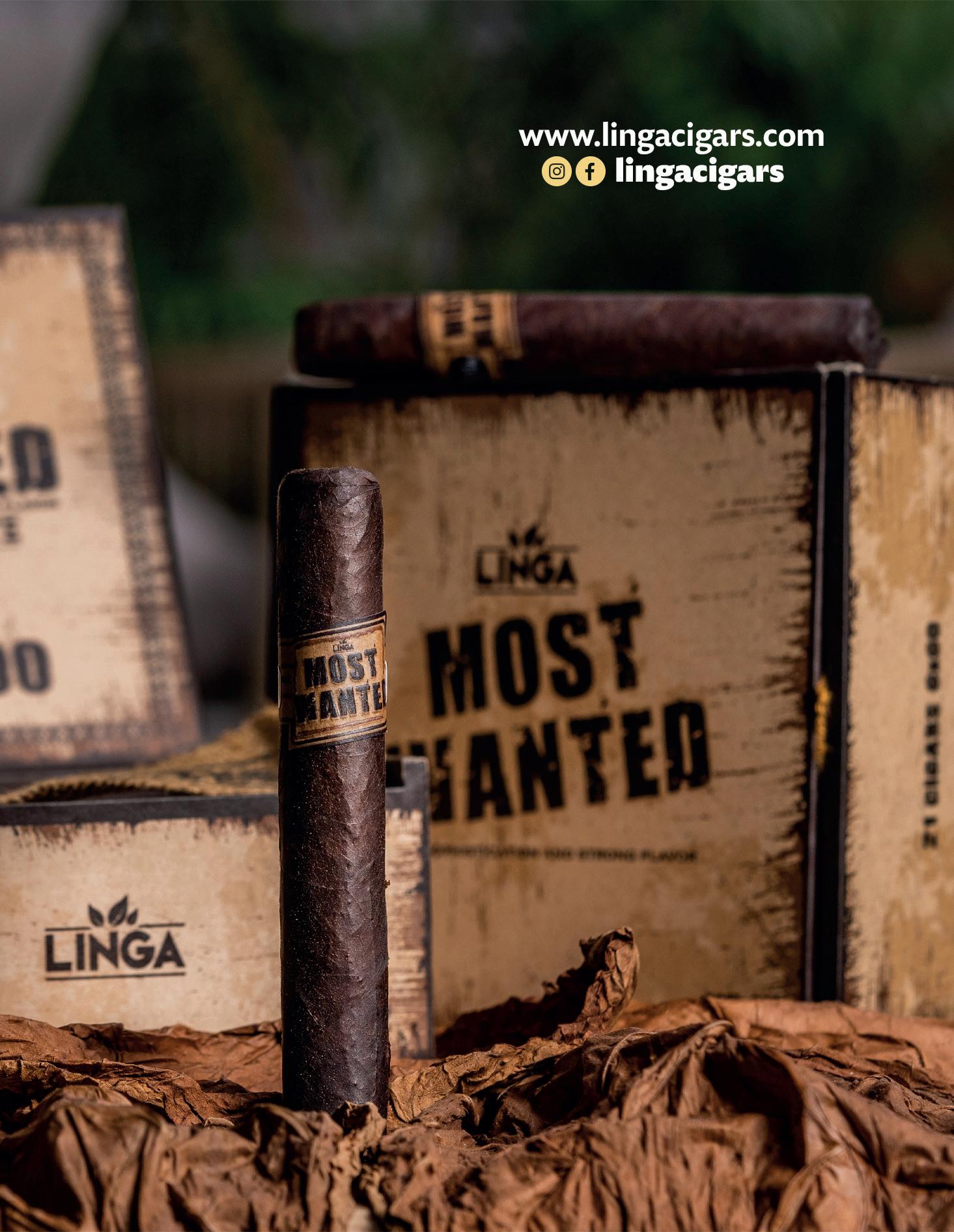



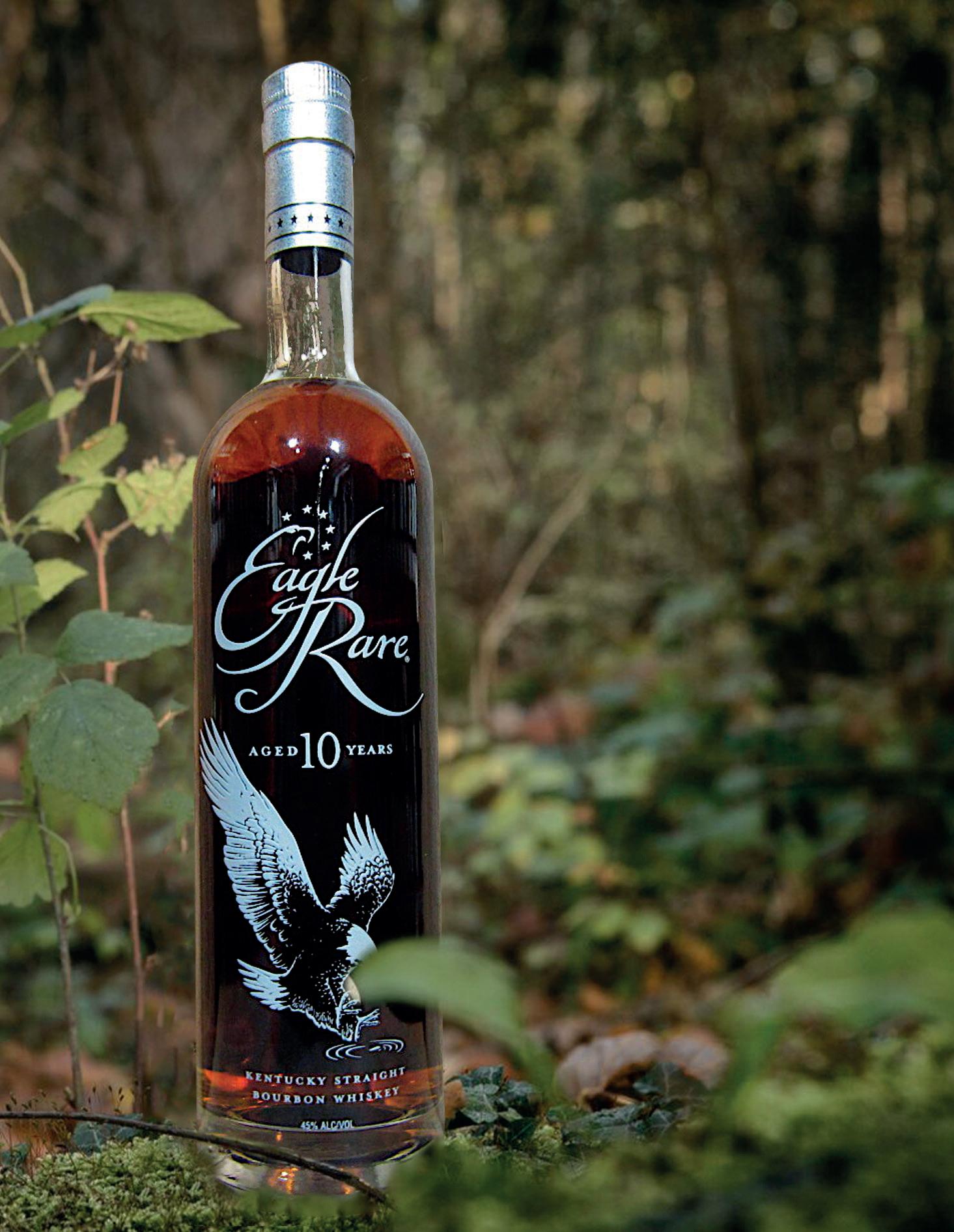
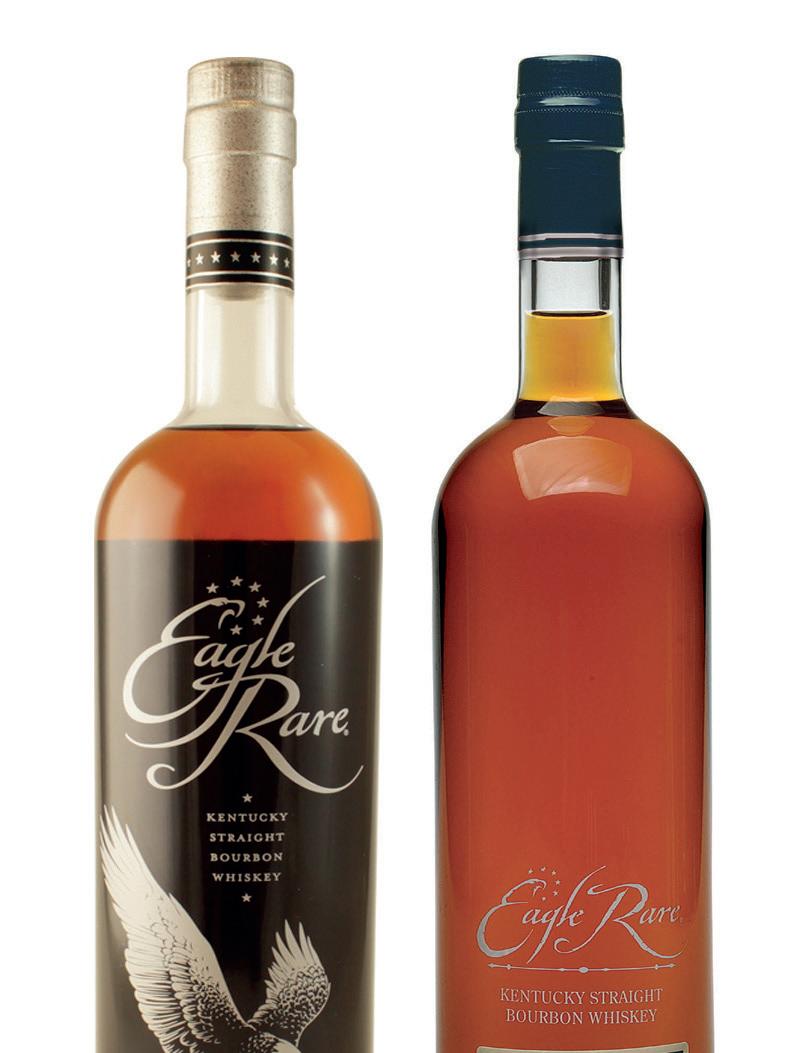 Michel Texier
Michel Texier
▶CLASSIFICATION: Straight Bourbon
▶COMPANY: Sazerac Company Inc.
▶DISTILLERY: Buffalo Trace
▶ABV: 45% (90 proof)
▶AGE: 10 years
▶MASHBILL: Unknown (developed from Buffalo Trace’s mashbill #1)
▶COLOR: Deep Gold, with slight red undertones when held to the light
Eagle Rare uses Buffalo Trace’s Mashbill #1, known to be a “low rye” consisting of 10% or less rye. Eagle Rare recently underwent a label redesign, moving the 10-year age statement from the bottle neck to the back. They also completely removed the single barrel statement from the bottle. Buffalo Trace stated that due to the change from a manual bottling line to a high-speed automated line, they can no longer use the single barrel statement. This is because a bottle could technically contain bourbon from two different barrels when the line switches from one barrel to another.

NOSE: Eagle Rare 10 Year Single Barrel has a subtle but very pleasing nose. Initially, clear aromas of orange peel and citrus mixed with aged oak are perceived. With more time on the nose, toasted sugar and honey aromas are appreciated. It’s not the most complex nose, but instead, it’s very easy to describe. It’s an excellent choice for someone looking for a product with a consistent nose profile where they’ll recognize elements that have been with them all along.
PALATE: On the palate, it is delicately sweet without being cloying. Initial notes of honey, toasted brown sugar, new oak, and light traces of white pepper are present. While it’s not deep, it’s very tasty and is the perfect choice for someone who isn’t accustomed to drinking bourbon to start in this vast world. It’s an easyto-drink product, with a wide range of pairings, making it very easy to return to, the difficult part is trying to conserve some liquid in the bottle.
FINISH: The finish continues the trend of sweetness found on the nose and palate. Medium in length, the predominant notes are bubblegum, caramel, and honey. Light traces of vanilla and dry leather complete the finish. Hard to forget, it’s a bourbon that I would easily place among the top 10 must-try whiskies in any bar.
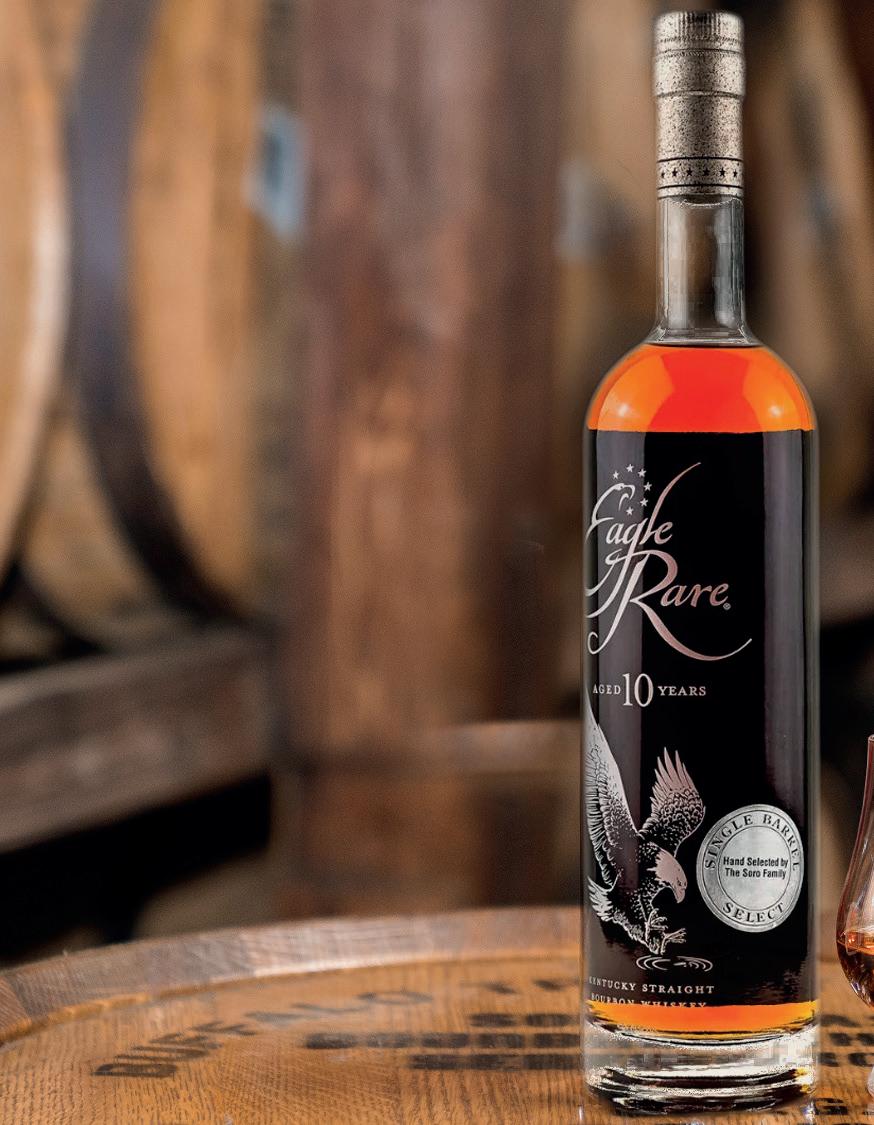

COMMENTS: The market for Single Barrel Aged is slowly shrinking and Eagle Rare presents a great opportunity to dive into this world at a fair price. With a sweet and subtle profile, it’s very much in line with other Single Barrels like Four Roses and Colonel E.H.Taylor. What makes Eagle Rare 10 more appealing is the fact that it is one of the single barrels with declared age produced in higher volume in the market. It’s worth noting that at any time, Buffalo Trace could decide to move this designation to a small-batch brand, as the single barrel language has been removed from the new bottles being produced.




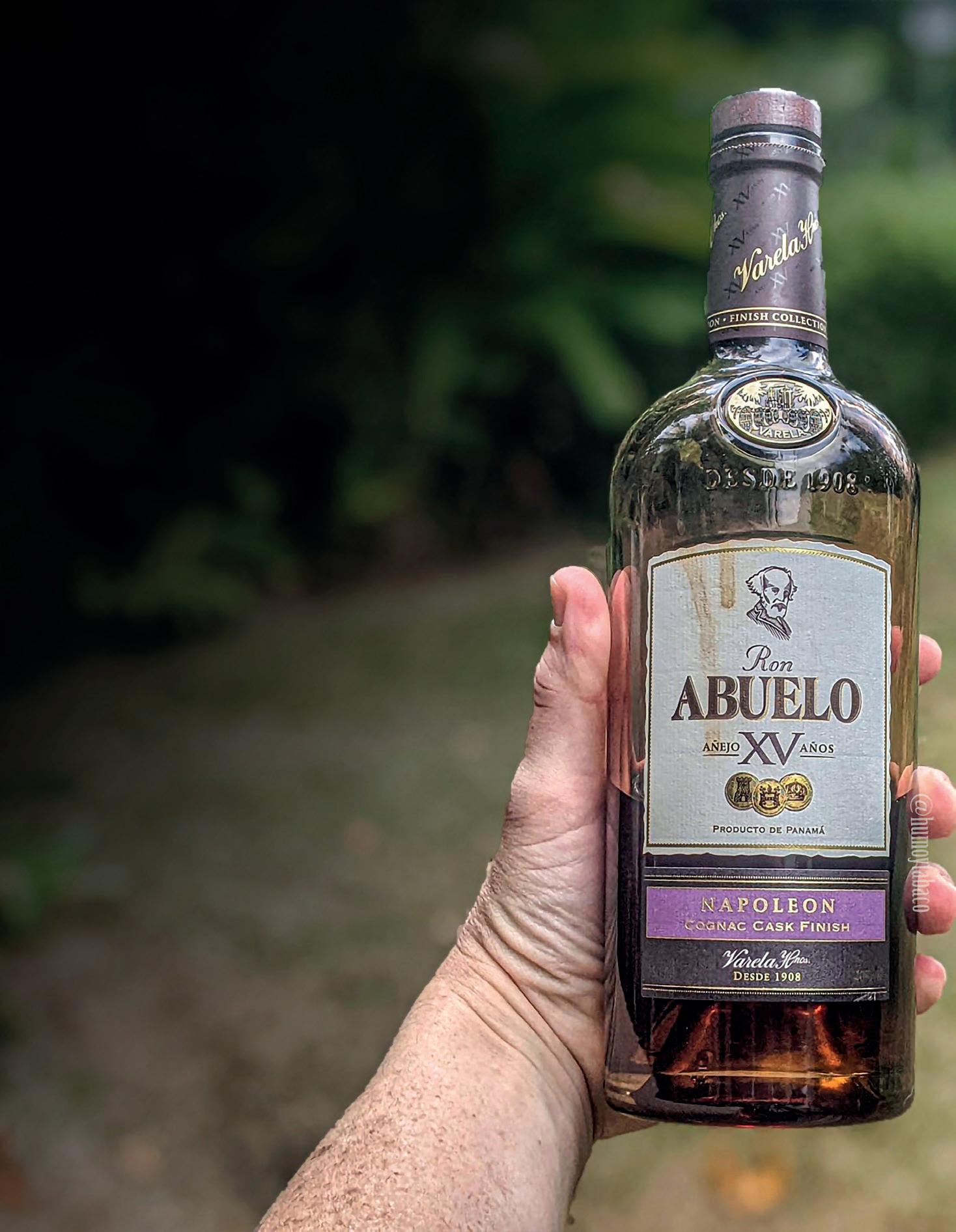 Diego Urdaneta
Diego Urdaneta
Abuelo rum is produced by Varela Hermanos SA in Panama. The company’s history started in 1908, when Don José Varela Blanco created his first sugar refinery in the recently formed Panama Republic. In 1935 they started distilling sugarcane juice and nowadays they produce close to a million boxes every year, including Abuelo rum, which is just one of the multiple brands the group owns.
The Finish Collection is a family of rums that have been aged in ex-bourbon casks for around 14 years and then spend an extra year in one of three barrels. The name of each product refers to the origin of those barrels. Hence, the Tawny version is finished in ex-tawny port casks from Portugal, the Oloroso version is ex-oloroso sherry casks, and this Napoleon is finished in ex-cognac casks.

Made
by: Varela Hermanos SAName of the rum: XV Napoleon Finish Brand: Abuelo
Origin: Panama
Age: up to 15 years
Price: $60
Nose: As soon as I serve it in the glass, there are scents of oak, caramel, vanilla, figs and raisins. A few minutes later, I come back to it and there are also notes of tobacco, Christmas cake, vanilla, cinnamon and nutmeg.
Palate: It is definitely dosed, so keep that in mind. There are loads of flavors of raisins, caramel, milk chocolate, pepper, Port wine (or some other sweetened wine), some coffee, too. With some ice there is black licorice as well.
Retrohale/Finish: raisins and dark chocolate.
Rating: 9 on the t8ke Scoring Scale.
Conclusion: Before trying this rum, my experience with Abuelo was very negative. I had tried the Añejo and the 7 and found both to be horrible. I liked the 12, but found it too expensive. I was also lucky enough to try the three rums comprising this Finish Collection in one sitting and ended up buying a couple of these Napoleon. I really enjoy this as a sipping rum and if I’m smoking a cigar, it’s heaven. I don’t usually mind dosed rums, unless they go overboard, but anything below 20 grs/hL is usually okay with me. I don’t know how much is in this one, but it’s amazing.
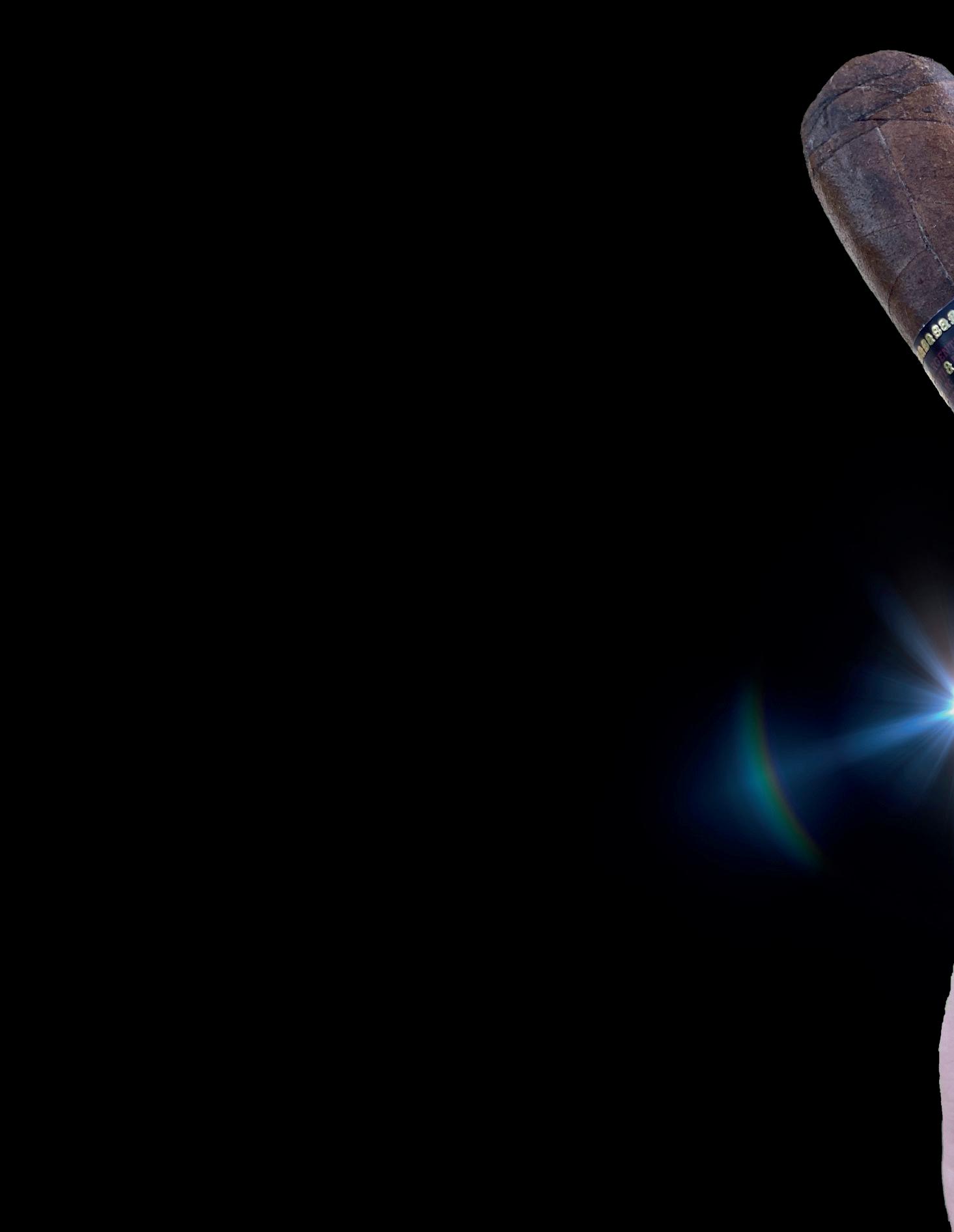
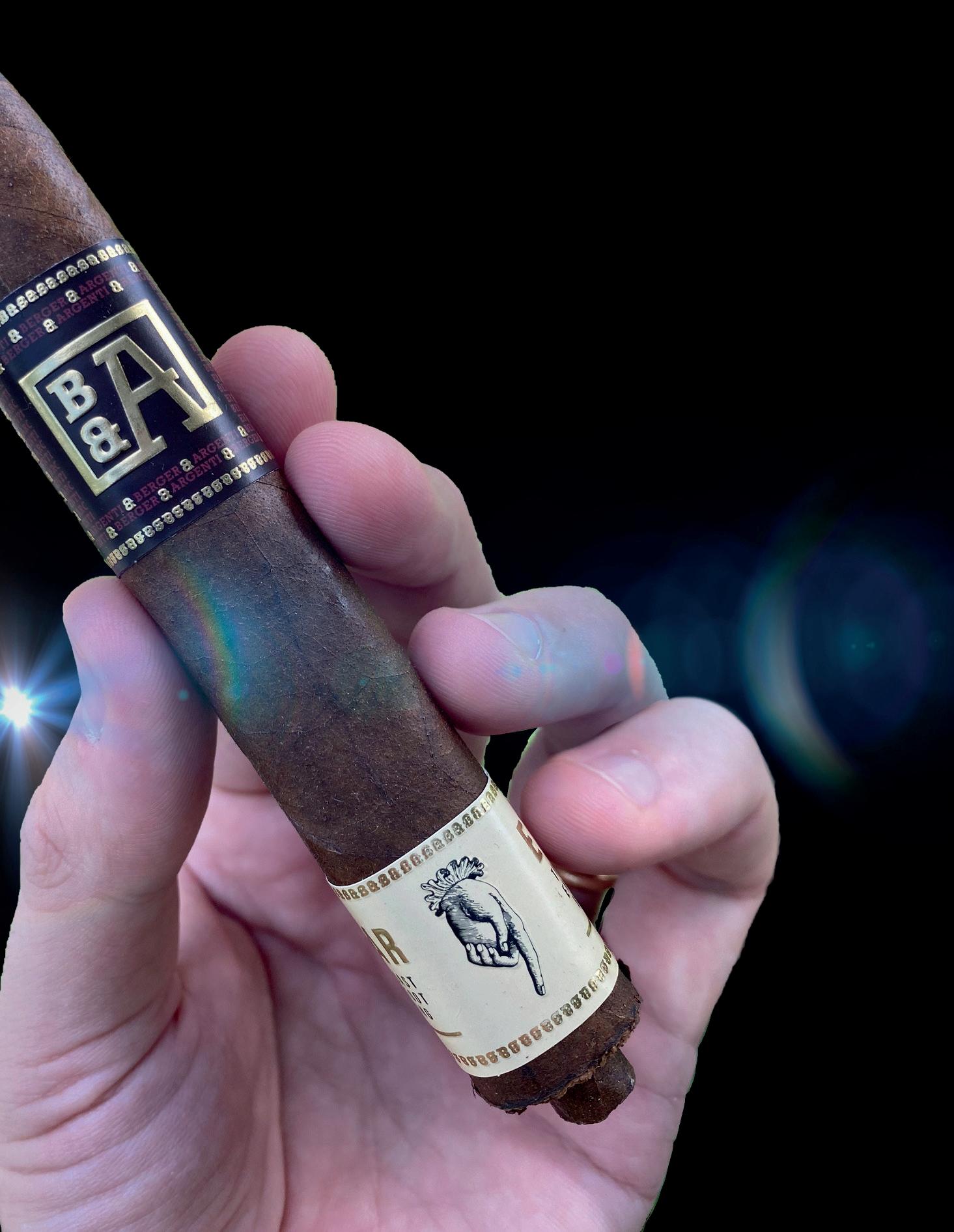
After some back and forth, changes of continents, a stay on an island battered by rain and gray clouds, but also bearing the greenest vegetation my eyes have ever seen, here we are back to talk about what we are passionate about.
Now, I am in Spain, more precisely in the city of Barcelona, after my nine-month stint in Ireland. I have gained a personally enriching experience from the Emerald Isle –and a few pints of Guinness on top–although when it comes to tobacco, I must say the situation there is exceedingly complicated.
Several factors combine to create an atmosphere rather unfavorable to smokers: extremely high tobacco taxes, leading to ridiculously high prices; generic brown bands placed over the original cigar band, indicating the name and vitola of the cigar to avoid tempting marketing from beautiful bands, and the prohibition of smoking indoors in Cigar Lounges or similar establishments.
In addition, it’s impossible to smoke outdoors due to Ireland’s inclement weather, as even lighting up a Half Corona on a sunny day doesn’t mean you won’t find yourself in the middle of a storm and wind by the time you reach the halfway point, while searching for one of the few roofs or awnings in the city.
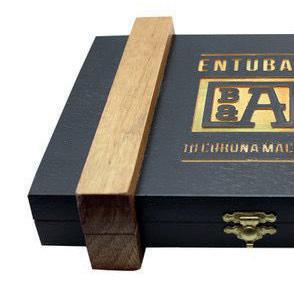
Putting aside my tobacco hobby, I must say that Ireland is a beautiful country, dazzling with the greenness of its grass and the good humor and warmth of its people, who always have a smile, a joke, and a helping hand even in the most difficult times. I didn’t bring tobacco from the Emerald Isle, but I did bring back great friends and lifelong anecdotes.
After this brief catch-up, we continue this story from Barcelona, telling what we came to do: smoke a good cigar.
This unique cigar, Entubar, arises from the imagination and innovation of Enrique Don Kiki Berger and Michael Argenti, from the Berger & Argenti factory, and is basically a cigar within another cigar. This sounds very simple when said, but it is very likely not at all easy to achieve.

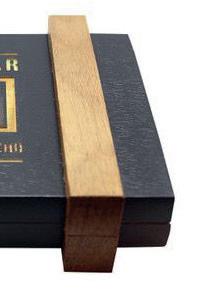

The one we see on the outside, of appreciable dimensions at first sight, measuring 5 3/8 inches in length and 54 ring gauge, is crafted in a box-pressed format, containing an internal little cigar of which only a few millimeters protrude from the foot of the first, dressed in a Negro San Andrés wrapper from México, Nicaraguan binder, and Dominican filler.
Its quality band with golden letters and its foot band, with a hand pointing with the finger to the surprise we have underneath, stand out. When cold, hay and raisin aromas are expressed on the wrapper, while biscuit, caramel, and a spicy touch of cinnamon are perceived at the foot.
After a straight cut with a guillotine, I light up with a torch, gently toasting the small internal cigar. Despite what the foot band recommends, I will only light the internal cigar and will be extremely attentive to the combustion, especially in these first moments of transition between the little cigar and the rest of the cigar.
I take the first draws patiently, letting the small one burn, while it throws out sharp notes of intensely spicy white pepper. This intensity harmonizes with the high presence of ligero within it. The small one has now reached the territory of its older brother and has started to ignite it. The predominant notes are leather, pepper, cocoa, and an intense caramel aroma that intrudes in the retrohale.
Large amounts of voluminous smoke fill the mouth completely. Its even combustion is surprising, considering that I only lit the small internal cigar, which took care of lighting the rest of the surrounding tobacco. Intense flavors and full body: one cannot ask for more from a first third that truly exceeds expectations.
So far, there are no surprises. On the contrary, the cigar follows a well-defined path, leading us with consistent and welldefined flavors.
During the second third, the cocoa becomes more intense. Black pepper reinforces its flavor, although the heat decreases a few degrees. Some woody cedar notes increase the dryness of the smoke, along with a flavor of damp earth that begins to spontaneously emerge. Leather continues to be present, pushing the other notes from the background, but it is the last to withdraw from the taste buds after each draw.
Cedar is the most favored in this second third, with impeccable intensity and definition, but it does not clash with the rest of the flavors and aromas of this orchestra. A citrusy fruity note, like cherry, appears intermittently between draws.


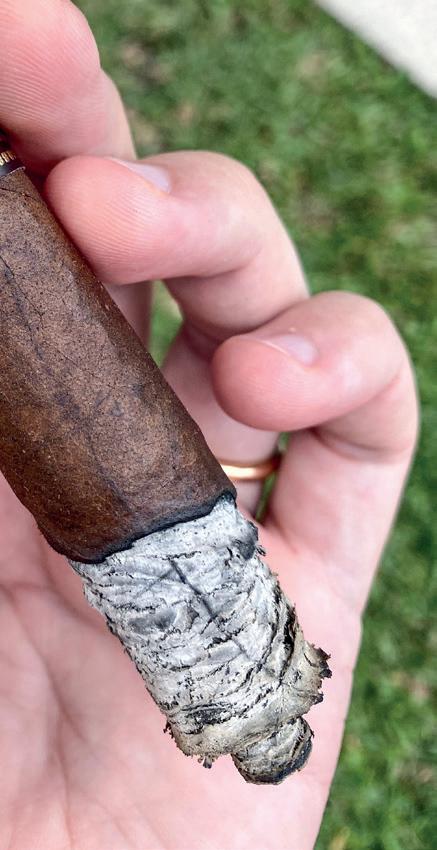
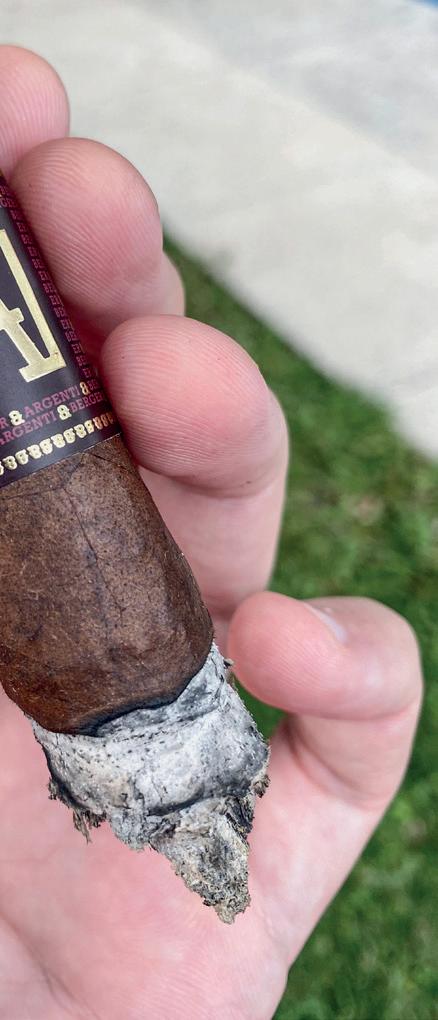
Combustion remains even, and the draw, identical from the beginning; there is nothing to reproach in these two aspects. Clearly, the construction is superb, especially considering the complexity of rolling a cigar of these characteristics, which has not required any correction with the lighter so far.
In the last third, notes of roasted coffee and nuts land, initially expressed by the walnut. The strength has increased a couple of notches, and the intensity of the flavors remains high from the beginning. This increase in strength invites me to smoke more slowly, and as there is no rush, the change of pace is enjoyed.
The ash is whitish-gray, very firm and stable. Leather once again charges with force, leaving behind an interesting saltiness, in the mouth and on the lips...
Entubar is a cigar that stands out not only for its innovative construction: its intense and well-defined aromas and flavors denote the quality of the tobaccos used in its making.
I always celebrate when brands dare to innovate without losing quality, in an industry that holds a tradition that smokers love, respect, and protect jealously for the inexhaustible pleasure it brings us... and this cigar fulfills that objective, without a doubt.




My Achilles’ heel are English blends, for their characteristic smoky aroma, combined with the backgrounds –often floral– of Oriental tobaccos and a sweet backdrop of Virginia. Second on my Top list is the Westminster line by G. L. Pease, which maintains the classic structure of the English blend but is very spiced with Orientals.
I keep a bit of a 16-ounce tin I bought in 2015, and from the moment I open it, very peppery notes emerge, not unpleasant, with a typical smoky backdrop of Latakia. Upon closer inspection of the strands, a very regular cut with a lot of resin from the curing process is appreciated, mounted on a bed of brown and blonde tones.
Over the years, the weight of the tobacco has compacted it, and it looks very similar to a cake at the bottom, which makes loading a bit difficult, but in return, the aromas explode and fill the entire room. To honor its characteristics, I selected a smoked green tea, White Moon, from Basilur –also with a long aging period–which I infused in lactose-free milk to take advantage of the flavors.
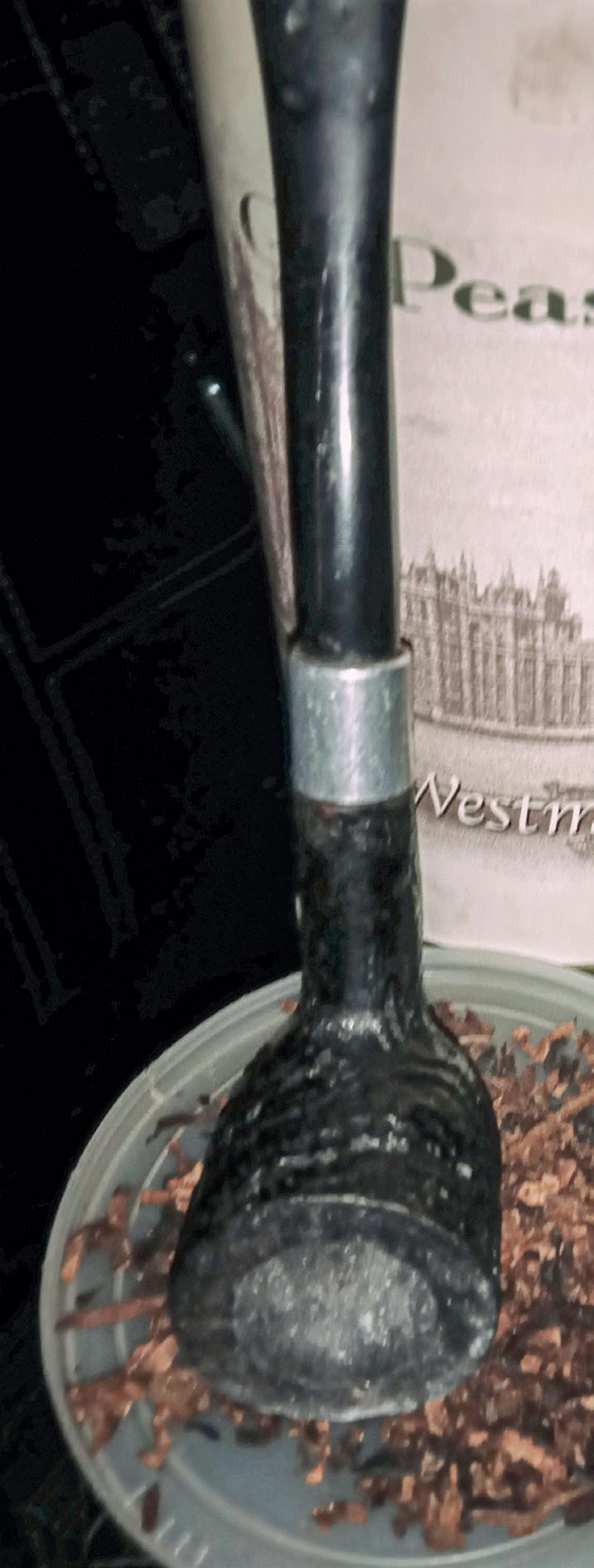

I sought out a straight American rustic pipe, which allows for clean smoke passage with low turbulence. The lighting, simple and uniform, creates an immediate ember that welcomes the first third with clearly smoky notes, a pine-like arboreal background, and a very pronounced aftertaste that floods the palate with white pepper, a bit of curry, ginger, and moderate astringency.
As in many blends of this style, the smoke is turbulent. With a sip of tea, I try to compensate for the lack of salivation, and Wow! I am surprised by the velvet of the Virginia, which initially provides an almost imperceptible sweet background, but then notes of raisins and plums emerge, playing with the smokiness. In lighter notes, nuts emerge, mixed with toasted almonds.
As I reach the second third, the Latakia decreases in intensity and becomes a bit sweeter, with the combustion of the Red Virginia entering. The “cry” of the Oriental crosses between draws, seeking to turn the sweet sensations into a pepper that becomes present when exhaling the smoke, and its notes linger in the nose.
The last round becomes warm, with balance among all its components, although none want to leave the fight without landing the definitive blow. Taking the smoke towards the back of the palate, I am enveloped in a soft mentholated flavor. Other blends I have tried reach their climax closer to the end, which is a weakness when seeking satisfaction with typical smoky tobacco.
This tobacco can be smoked at any time of the day, although I personally enjoy it more in the evening, for the tranquility of the city and so that the mind can distinguish the transitions that the blender offers in a true Balkan blend. Enjoy, experiment with different pipes, pairings, and moments, but above all with time... Good smokes!


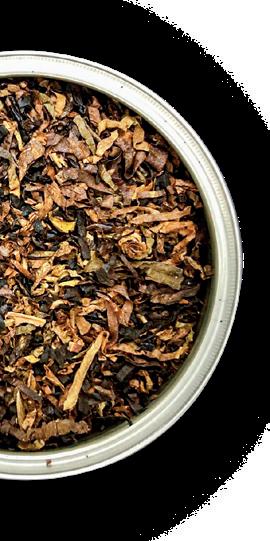
▶Blend name: Westminster.
▶Producer: G.L. Pease.
▶Tobaccos: Latakia, Oriental / Turkish, Virginia.
▶Cut: Fine strands.
▶Presentation: 50 and 100 gr. tins, and bulk, 500 gr.
▶Initial strength: Medium.
▶Initial aroma: Medium to full.
▶Room note: Tolerable (smoky).

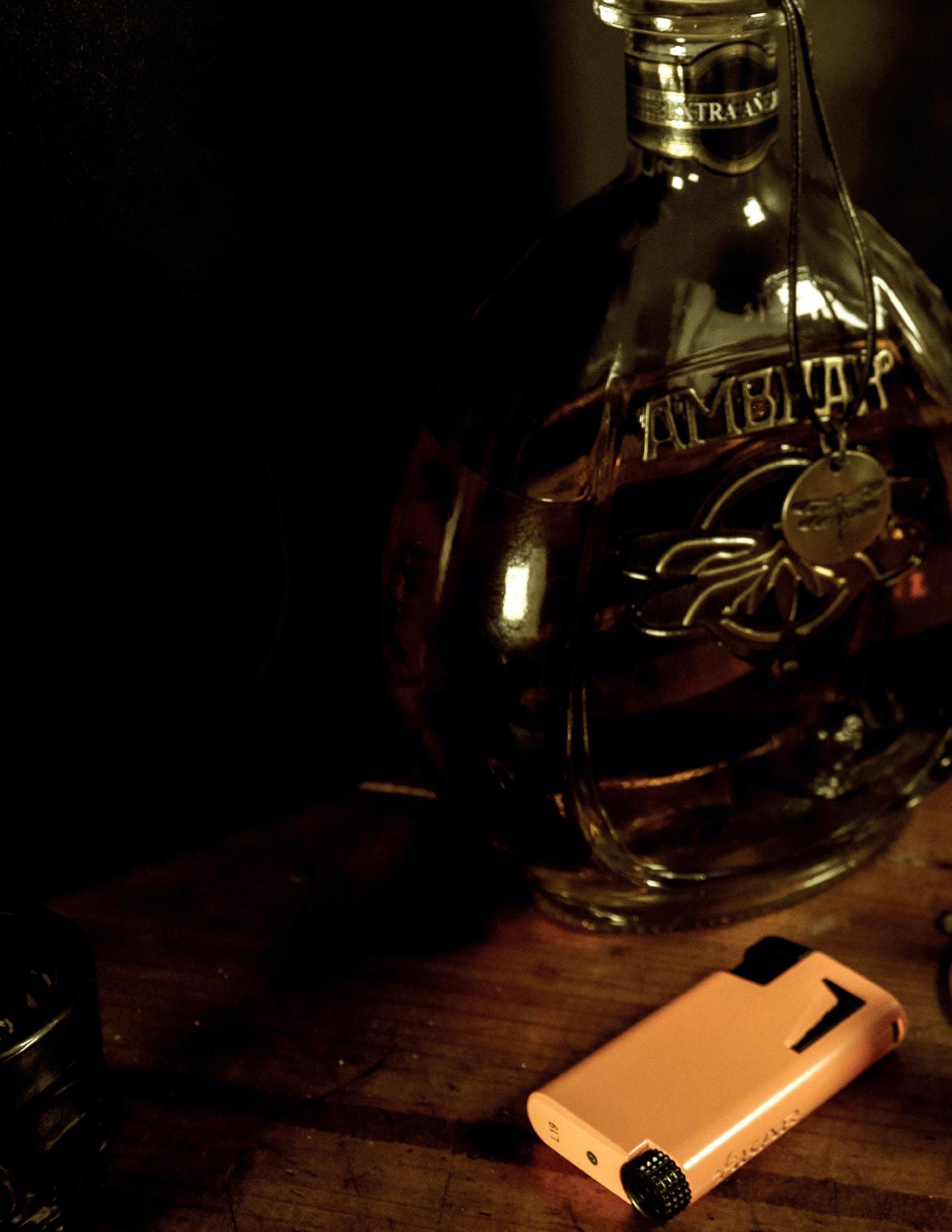
 Manolo Santiago
Manolo Santiago
In recent years, we have seen an incredible growth in consumption, sales, and obviously in the creation of a gigantic cluster of brands, which increasingly are betting on creating a select culture of lovers of this great drink, tequila. However, we have to ask ourselves: how much do we know about this distilled spirit? How much can we adopt it to pair with our cigars? These are some of the questions we will try to answer in the following text.
Tequila is a distilled spirit from the blue agave variety Tequilana Weber, whose process is regulated by the Tequila Regulatory Council (CRT) and Mexican official standards, precisely NOM-006SCFI-2012 and must comply with a series of characteristics:
It is produced in the facilities of an authorized producer.
Its harvesting, production, aging, and bottling must be located in the territory included in the Designation of Origin.
The raw material must be blue agave Tequilana Weber variety.
Formulation with other sugars can be made up to a proportion no greater than 49%.
The geographically delimited zones for tequila production in Mexico are: Jalisco, Guanajuato, Nayarit, Michoacán, and Tamaulipas, with a parenthesis that not all territory of the state can produce, but in a narrow delimitation indicated by the regulatory council.
As for its class, we must understand that every so often, the tequila masters, who are in charge of the production of this wonderful spirit, can experiment internally; however, for a new class to be declared, it should have the endorsement of the Tequila Regulatory Council. The current classes are blanco, joven, reposado, añejo, and extra añejo.
It is a tequila that generally will not go through barrels, although up to two months are accepted. Only after distillation will it undergo correction with water to balance the alcohol content.
General organoleptic characteristics:
In sight, you should find a white or silver color on the edges and a bright background. On the nose, you may find a fresh sensation, herbal, mineral, cooked agave, wet soil, and some astringency. On the palate, you can find a range of descriptors such as fruity, spicy, sweetness, acidity, bitterness, after the alcohol attack.
Pairing with cigars: due to its characteristics, is not indicated or recommended to accompany with a cigar, because it tends to present acidity, bitterness, minerality, or astringency, so it is usually better to accompany food or make cocktails with this type of spirit. It is worth mentioning that in the market there are indeed very fine options, which we can use to start some smokes, to mention some brands: Gorostieta Blanco, Ambhar Tequila Blanco, Casa Dragones Blanco, Reserva de la Familia José Cuervo Platino, Loco and Clase Azul Blanco, find sweetness, cooked agave, and silky sensations.

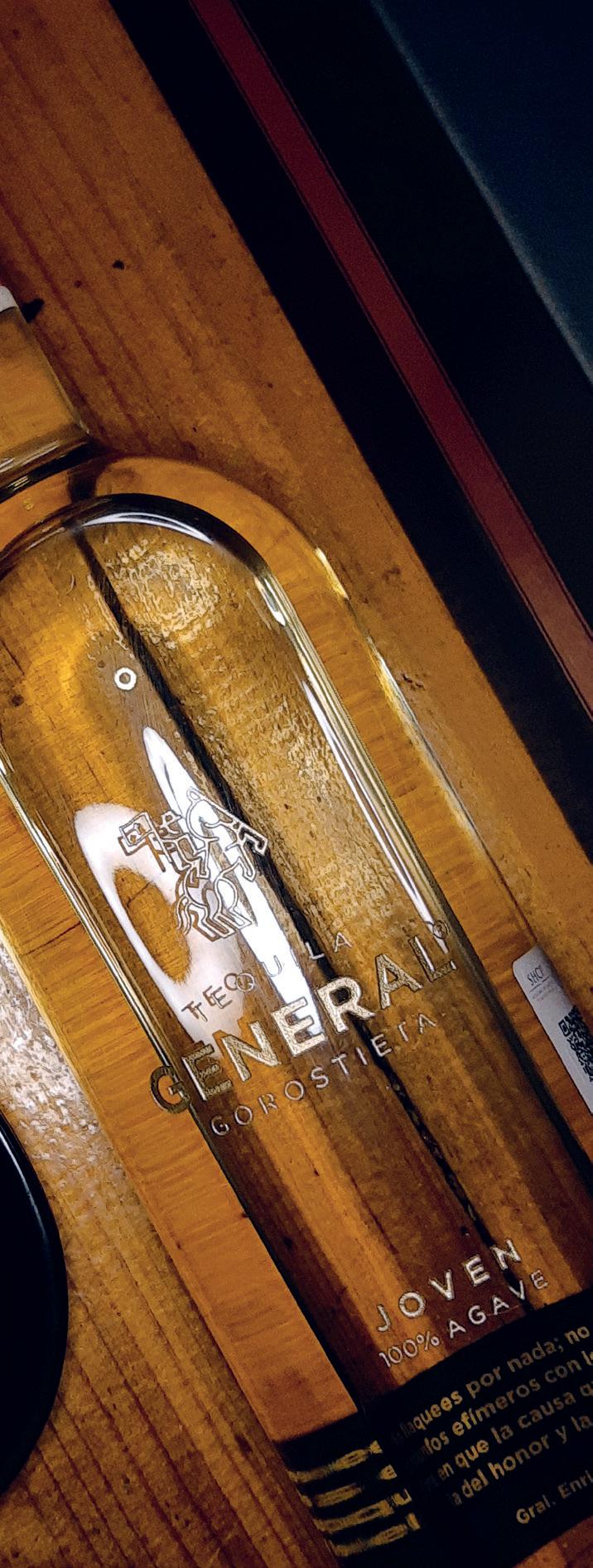
This class is relatively new and is the result of blends, the base will be blanco tequila with a smaller part of reposado, añejo, or extra añejo. It should be noted that additions of any allowed sweetener by the standard can also be made, such as glycerin, oak essence, caramel, and agave, although the best joven tequilas will always be just a blend with another tequila (reposado, añejo, or extra añejo).
General organoleptic characteristics:
In sight, straw yellow color, golden, silver nuances, bright. On the nose, cooked agave, raw agaves, wet soil, citrus, vanilla, caramel, maple, and chocolate. On the palate, it leaves a silky and quite lasting sensation with descriptors such as cooked agave, wet soil, cinnamon, citrus like grapefruit, preserved fruits, vanilla, caramel, maple, and chocolate.
Pairing with cigars: Undoubtedly, this is a great prospect for pairing with cigars and due to its characteristics, it preserves the balance between both elements. It is recommended for a first third. For this type of spirit, cigars that usually have a better impact are those where sweetness and wood are their main characteristics, whose acidity and tannicity are not so high and preferably of mild, medium to medium strength. The most recommended brands for this purpose are: Tequila General Gorostieta Joven, Casa Dragones Joven, Tequila Gran Sociedad, and Tequila Casa Noble Joven.
Pairing with food: White meats, seafood, dishes with citrus dressings.
It is the result of the minimum aging of the spirit in wooden oak barrels for a minimum of two months up to a time of less than one year. This tequila can be rectified with some añejo or extra añejo tequila.
General organoleptic characteristics:
In sight, you will find a yellow color with straw and golden highlights. On the nose, you will find mainly cooked agaves, ripe fruits, wood, and spices like vanilla and cinnamon. On the palate, it will be sweet, oily, with medium or prolonged permanence, with descriptors such as cooked agave, sometimes you may discover a bit of minerality or wet soil, ripe fruits, woods, and spices. Of course, depending on the type of barrel used, you could find some characteristics such as maples, flowers, or brines.
Pairing with cigars: We are getting closer to more sensitive and obvious pairings, due to the characteristics of both products. Undoubtedly, I would opt for the first or second thirds of the cigar. The best cigars for this purpose are usually those with medium tannicity, well balanced, and medium stored in the humidor, from mild to medium to strong strength, where leather, woods, and nuts predominate. The most recommended brands for this purpose are: Ambhar Tequila Reposado, Reserva de la Familia Reposado, 7 Leguas Reposado, Clase Azul, El Tesoro, Cascahuin, Cierto, Tequileño, Fortaleza, and Tequila de la Luz.
Pairing with food: Red meats, spicy sauces, and moles.
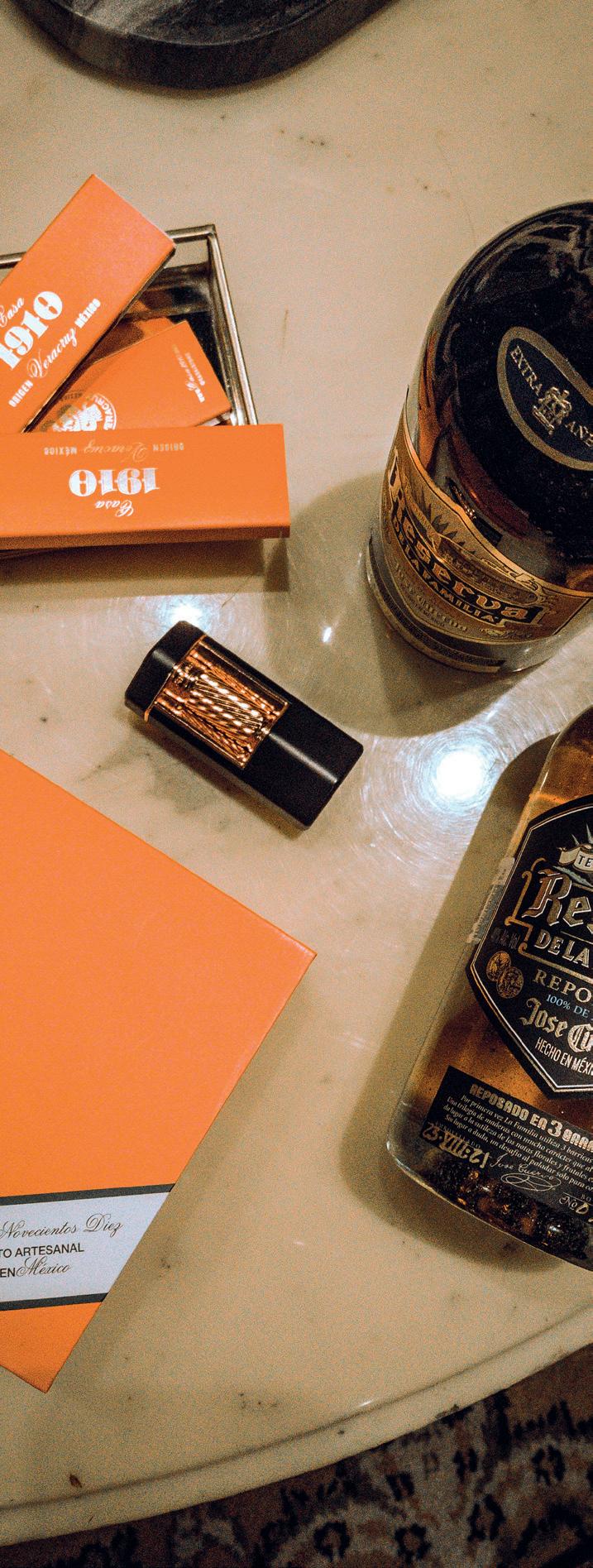
Result of aging the spirit in oak barrels without specifying an origin or previous use, for at least 12 months up to less than three years, and must be barrels of no more than 600 liters capacity and can be mixed with an extra añejo should be mentioned that the time that tequila is stored in barrels may or may not be mentioned on the label, as in some other spirits.
General organoleptic characteristics:
In sight, you will find an amber color and coppery shades. On the nose, light agaves, dried fruit, wood, honey, maple, vanilla, cocoa, spices, and in some cases, brines. On the palate, it will be somewhat drier compared to reposado, characteristic sweetness and woods, losing a bit the agave note, but presenting great complexity and a long aftertaste.
Pairing with cigars: This type of product undoubtedly leads us to place it better in the second or last third of a cigar. In this case, we can already think of cigars with a stronger strength, from medium to strong, also supporting a slightly more defined tannicity. In this case, you can opt for more complex and fine cigars that need balance with the drink. Cigars that go very well with this drink: Andrés Maduro, light Estelí, Condega, San Vicente, matured habano, sungrown, among others. The recommended brands: Ambhar Añejo, Cascahuin Añejo, Fortaleza Añejo, 7 Leguas Añejo, Arette, Tres Generaciones, Xicote, Maestro Tequilero, Tesoro, Clase Azul, Patrón Roca, Casa Dragones, Tequileño, Noble.
Pairing with food: Desserts, semi-dark chocolate, moles, and nuts.

This distilled spirit must spend at least three years in oak barrels, with a maximum capacity of 600 liters. It should be noted that there is no maximum limit on aging, although some tequila experts mention that after four or five years it may begin to lose organoleptic characteristics, although certain brands have achieved great results of aged tequilas for much longer in smaller barrels. It all depends on the brand.
General organoleptic characteristics:
In sight, dark amber color. In aroma, you will find molasses, figs, apples, caramels, woods, and spices. On the palate, initially sweet and dry finish with long permanence, you will find the passage of earth, dried peaches, chocolate, maples with perhaps a residue of cooked agave.
Pairing with cigars: Due to its robustness, dry and spicy sensation, this type of tequila can work with cigars of medium to strong strength without fear. Ideal for last third and in cigars with medium or high tannicity. The origins that go very well with this type of tequila are Cuba strong, maduro Mexico, strong Nicaragua, complex Dominican Republic, and blends with Mexico, as well as blends with maduro wrappers or a certain level of complexity. The recommended brands are: Ambhar Extra Añejo, Reserva de la Familia extra añejo, Clase Azul, El Tesoro Paradiso, Gran Centenario Leyenda, 7 Leguas Single Barrel, 7 Leguas D’Antraño, Cascahuin, Ocho Tequila, Maestro Dobel Extra Añejo, and Tres Generaciones, to name a few.
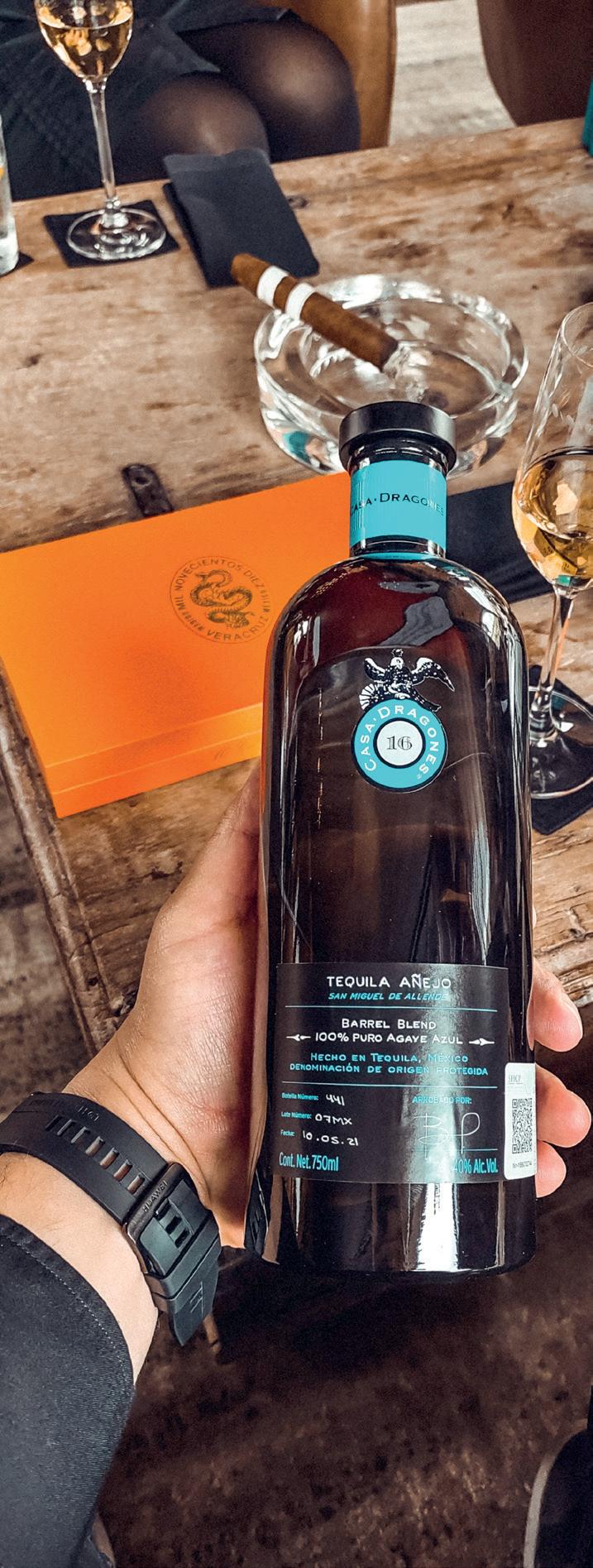
It must be mentioned that the Official Mexican Standard still does not contemplate crystal clear tequilas, however, the Tequila Regulatory Council does regulate them and mentions that they must be reposado, añejo, or extra añejo and within their process their color is removed, leaving the natural characteristics of the barrel such as caramel aromas, vanilla, maple, etcetera.
The process: The crystallize, which is more of a clarification process, will be done through activated carbon, depending on the time the distillate is in contact with the carbon will be the color, aromas, and flavor it loses.
General organoleptic characteristics:
In sight, it can be slightly silver or amber, depending on the producer. On the nose, vanilla, caramel notes, and light agave usually stand out, but these aromas will be very delicate. On the palate, you will surely find very low astringency, agave essence, vanilla, and woods.
Pairing with cigars: Due to its smoothness and lightness, I would use it as an appetizer, before or during the first third, to enjoy slowly. With cigars of mild to medium strength where herbal or earthy notes predominate and low tannicity. The recommended brands are: Ambhar Cristalino, Tequila, Herradura Ultra, Maestro Dobel reposado cristalino, Maestro Dobel 50 añejo cristalino, 1800 cristalino, and Volcán de mi tierra cristalino.
Pairing with food: Seafood, white meats, and some desserts with citrus.
Something very important to mention is that you should check certain characteristics on the label when purchasing your tequila to be sure that you are buying a quality product:
That the label clearly says Tequila, never Agave Distilled, Agave Liquor, or something strange.
That it mentions that it is made 100% from agave, it can also say 100% blue agave or 100% pure agave. Check the class of tequila: Blanco, joven, reposado, añejo, extra añejo, or cristalino. Bottle capacity and alcoholic graduation. The Official Mexican Standard of the product, which is the producer’s registration number in front of the council and the government.
Regarding defects that we may find in low-quality tequilas or some production errors, they may be:
Particles in the liquid or turbidity, this generally due to poor hygiene in filtering or pipes, possibly does not affect its taste or smell. But it is not indicated. In the nose, you can distinguish certain important defects, such as varnish, thinner, vinegar, decomposed cheese, or cooked vegetables aromas, it can indicate that we are not drinking a pure distillate, perhaps it has a bit of the heads or tails of the distillation and it will surely provoke a strong hangover. Avoid them, as there is also the possibility that the drink is manipulated or adulterated.
Alcohol sensation or astringency: this sensation both in the mouth or nose should be secondary, if the alcoholic sensation is presented abruptly it speaks of a production error.
In an añejo or extra añejo tequila, silky and delicate sensations should prevail, at some point it may present astringency, but it should not be the first impression, if this occurs, we are surely facing the presence of a tequila that was corrected with colorants, to make it look like a great añejo.
With this brief introduction to the world of tequila, I hope that without a doubt it will be a great option when choosing your cigar and starting your after-dinner, since tequila is part of Mexico’s great ambassadors in the world, along with our mariachi, our food, our people, and our tobacco. Give yourself the opportunity to taste a great elixir like tequila and create unforgettable moments.
Try it and let me know what you think.

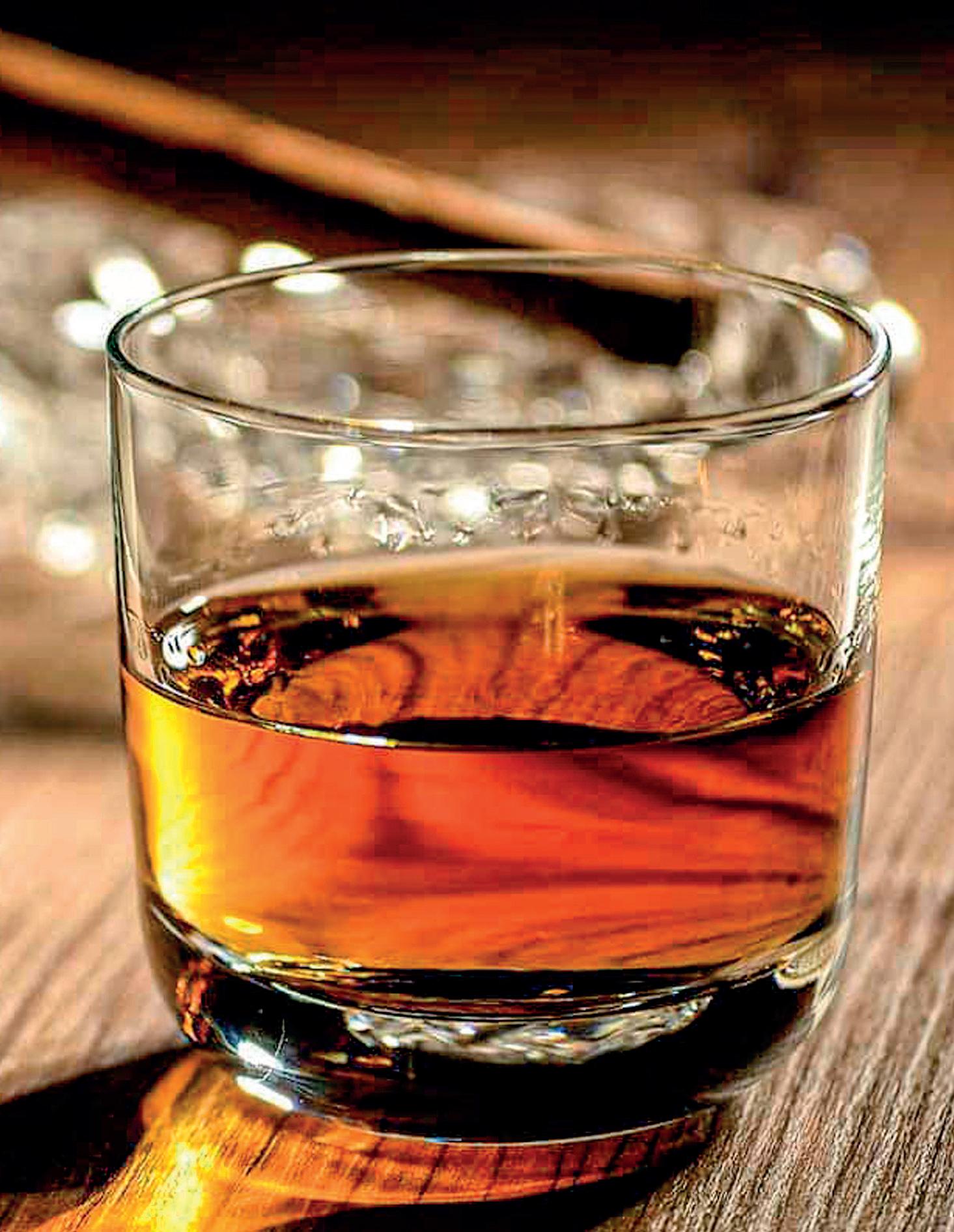
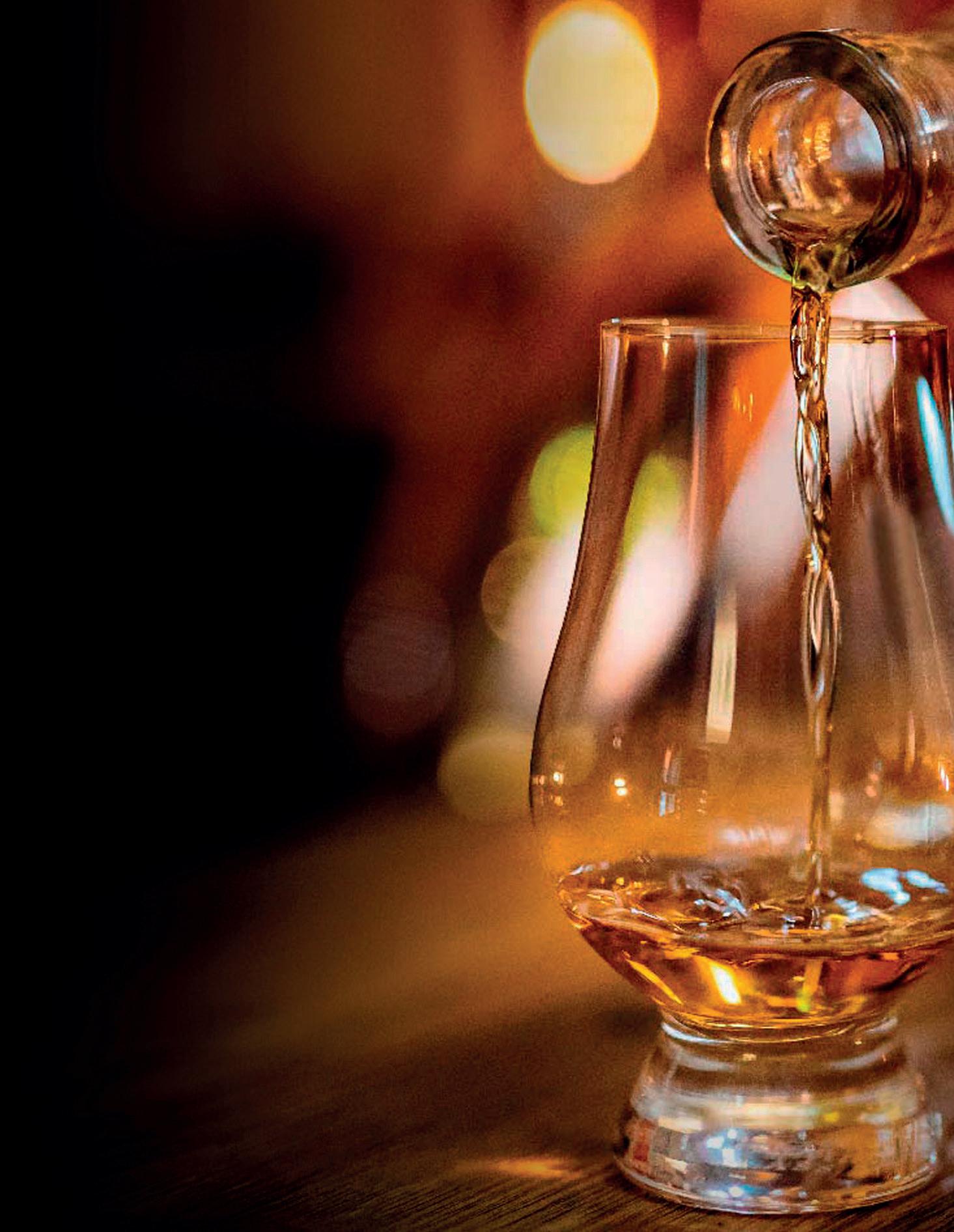
The concept of “Designation of Origin” is a quality seal that indicates the origin of a product, whose characteristics and special qualities –compared to others of the same class or species– are due to a geographical environment and its natural and/or human factors.
Among the natural factors are the characteristics and composition of the soil, temperature, humidity, altitude above sea level, or climate, while among the human factors stand out tradition and custom, specialization in a certain art or trade, and the use of special processes.
It is commonly granted in alcoholic beverages, especially wine and sparkling wines. In the case of rum, it also responds to a National Branding initiative that seeks to generate identity, specific characteristics, and industrial protection for its distillates.
Since the product must be made from materials originating from the country in question, in the Caribbean region only Cuba, Guatemala, Martinique, and Venezuela possess this designation, which under different names has the same purpose, and guarantees –at least–purity and quality.

By definition, rum is a beverage produced exclusively from the fermentation and distillation of molasses, syrups, or sugarcane juices, whose alcohol content ranges from 37.5 to 80 percent, as the final product must clearly exhibit its specific organoleptic characteristics.
There are various theories about its origin, among which stand out its appearance in ancient Greece or Persia. In 1650, Barbados was the first Caribbean colony to present a distillate known as rumbullion –which means “great tumult”– and later it was called “rum” by decree of the Governor General of Jamaica.
According to its raw material, rum is classified as agricultural or industrial, differentiated by its distillation methods, in alembic or column, as well as by its origin, whether Hispanic, British, or French.

The Protected Designation of Origin (PDO) for Cuban rums came into effect in 2010. The rules are clear, although they have their quirks because both the producing companies and the supervising body are part of the State.
-- Rum must be aged for at least two years in barrels of American white oak, but barrels of Scottish or Irish origin are also used, due to the U.S. embargo.
-- In some cases, ex-bourbon barrels bought from other countries in the region are used, which generally have already contained local rum and originally come from Scotland or Ireland.
-- After two years of aging, rum can be “accentuated” with a less aged distillate and put back to mature again.
-- A third “accentuation” is allowed to smooth flavors, with its respective additional aging.
Cuban rums for export, with Protected Designation of Origin:
▶ Havana Club,
▶ Santiago de Cuba,
▶ Cubay,
▶ Siglo y ½,
▶ Isla del Tesoro, and
▶ Perla del Norte.
(*) With information from Diego Urdaneta.




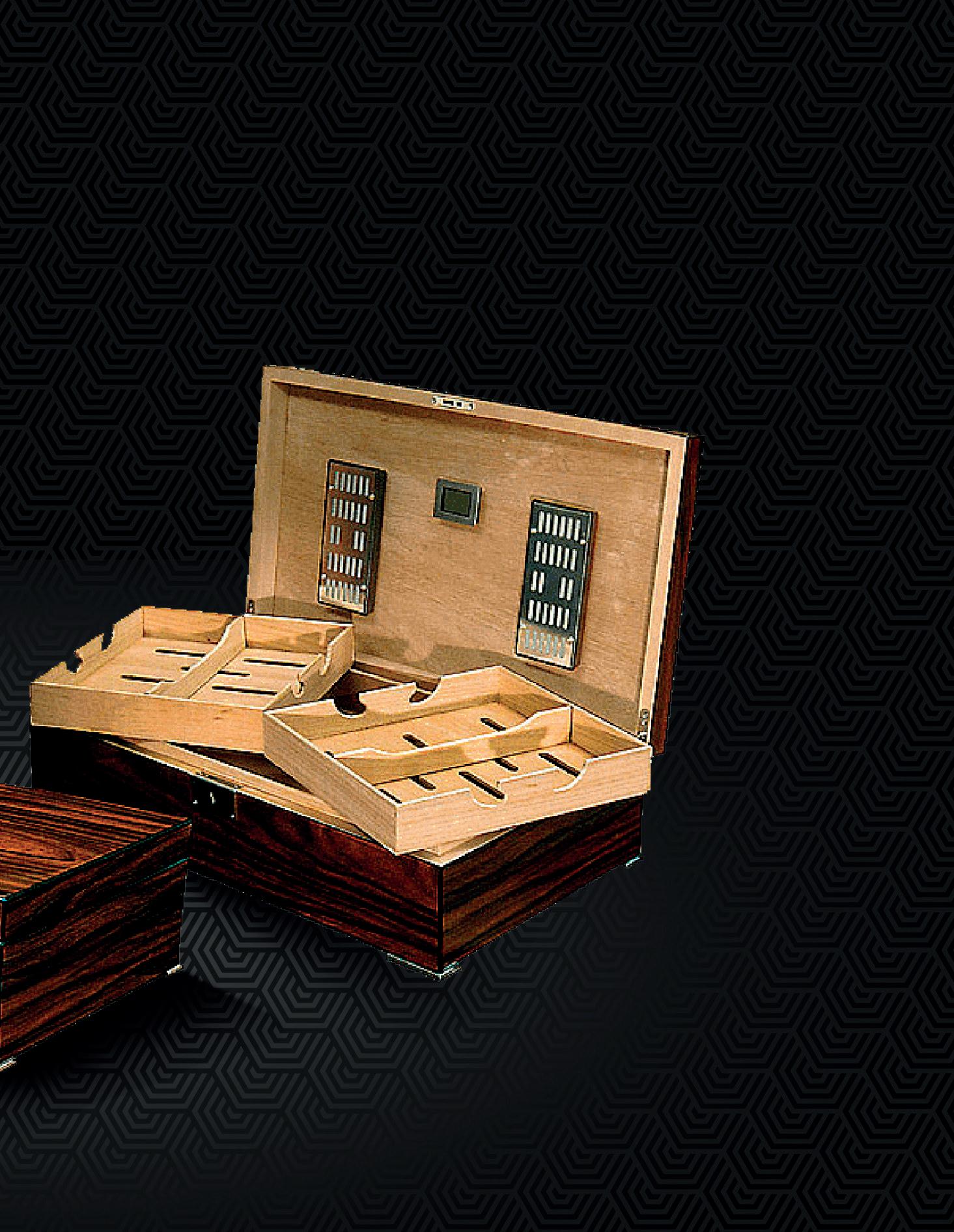

All lovers of fine smoke have found themselves facing the great dilemma that buying our first humidor can represent. We have to recognize that, in most cases, when we buy one, we let ourselves be influenced by what is flashy or decorative, without thinking about functionality. However, the long journey of fine smoking has shown us that not necessarily the most beautiful humidor is the one that really meets the needs of optimal conservation of our precious cigars.

Before talking about humidors, I want to remind you of three important points in the conservation process of our cigars:
1
.- The relative humidity percentage at which our cigars should be kept is between 65% and 75%, therefore, 69% is the ideal humidity percentage for their conservation.
2
.- Not only humidity is important, but also the temperature at which we keep our cigars is fundamental for their optimal conservation (between 16 and 18 Degrees Celsius; always considering that it does not exceed 24 degrees, to avoid the hatching of Lasioderma, better known as tobacco beetle).
3
.- Cigars should be rotated in position and on their own pivot every 3 months, to ensure that the humidity reaches all levels.
The variety of humidors available in the market is mainly based on the type of utility we are going to give them. We may need one to preserve our cigars for long periods of time, as the most popular case, but we may also need one to display in our store or simply something that serves us to take a trip with our smoking companions. That is why I have developed this brief explanation of each of the different types of humidors that you can find in the market and their functionality.
Let’s start with the most famous and common among consumers, among its different presentations, sizes, shapes, and colors, it becomes the ideal humidor for storing our cigars at home. Its main advantage is the Spanish cedar with which it is made; this wood allows the essential oils of our cigars to decompose and generate a macrobiotic transformation called maturation. Maturation allows our cigars to decrease their ammonia acids, nicotine, and all the tannic acids present in tobacco. Additionally, Spanish cedar allows maintaining an ideal environment for its
conservation for long periods of time, as long as we keep our tobaccos monitored and in optimal conditions.
Something we must always keep in mind when buying a cedar humidor is that it is made entirely of pure cedar, that is, it is not just a veneer that covers the interior, since, if so, it does not maintain the internal humidity correctly. Likewise, even if it is completely sealed, we must understand that this humidor can carry a percentage of its external condition inside it, therefore, it must be in a cool climate and free from contact with sunlight.


In general, it remains under the same line as its predecessor, however, it has a main difference, and that is the upper glass window. Although in some cases it may seem attractive or useful, since we can visualize our cigars without opening the humidor lid, we must understand that having this transparent window entails more negative than positive things.
Although the utility of being able to visualize our cigars without opening the humidor seems attractive, this makes its conservation extremely vulnerable since, being transparent, it allows the access of UV rays because even when the humidor is exposed to internal lights of our home, it represents a long-term danger, since the rays emanating from our light bulbs are also harmful to the conservation of our cigars and therefore hinder their maturation and conservation process.



We arrive at our favorites and very useful: the travel humidors, those that extend the party of fine smoking beyond our home borders.
There are countless travel humidors, ranging from one cigar to 40; from resistant plastic to cedar-coated. In any case, all are made with the aim of preserving our tobaccos during a transport process from our main humidor to a remote destination.
The travel humidor fulfills the same function as the famous cigar cases, they are humidors to maintain the conditions during the transportation time. In terms of time, a cigar is not advisable to keep in this type of humidors for more than a week; additionally, we must take special care with the temperature, as they are very prone to overheating if we leave them in extreme climates, such as our vehicle parked in the sun.
With a combination of elegance and style, it may be one of the most eye-catching humidors on the market, composed of a combination of wood and transparent glass, making cigars look very elegant indeed.
But as you can imagine, the fact that it is transparent reduces its functional capacity when it comes to optimal conservation. This humidor is specifically made to display cigars, however, what it contributes to the maturation process is not negligible, due to being a humidor in most cases made with Spanish cedar, with proper maintenance, they can store moisture correctly inside.


Ideal for display, undoubtedly one of the most striking and flashy humidors for many people, but the most dysfunctional when it comes to caring for our cigars.
They are undoubtedly a luxury, however, they are specifically made for places where it is necessary to display the cigar; due to their condition of being completely transparent, they let all the light into their interior, being able to affect the conservation of the cigars, and therefore, we understand that they must be located in areas with little light access.
Additionally, due to their material, they are prone to being influenced by external temperatures more quickly than a wooden humidor, and last but not least, the material does not contribute anything to the correct maturation of our cigars. In short, it is a humidor only to display the cigars in a commercial location or restaurant.
It is not luxurious and somewhat rudimentary, and yes, as you read it, Tupperware containers are also used as humidors on occasion, and although they are undoubtedly not the most aesthetic, it is a quick and efficient solution to keep our cigars while acquiring a correct humidor.
Due to their transparent material, they let sunlight through to the cigars, so they should be stored in a dark and cool place, away from light contact, and it is advisable that the control of the internal humidity of these containers be generated through special humidity bags for this purpose.
It is not the most advisable, but it is undoubtedly a quick solution to give your cigars the proper care for a short period of time. And please, the most important rule of all: do not place it in the living room of your house in plain view.

Striking but not very functional, this humidor has become quite popular among consumers, to the point that some cigar brands have released lines where their presentation is a ceramic jar.
Although its presentation is striking, the best thing you can do in this case is to take them out of there and store them in a conventional humidor. I have nothing against them, but I will explain below some reasons why it is not considered a recommended humidor for the conservation of our cigars.
- This type of humidors are generally made of ceramic, glass/acrylic, or brass, and these materials are not suitable for maintaining the ideal conditions of our cigars.
- Cigars should preferably remain horizontally and not upright, as this does not generate a correct maturation process.
- Due to the position and tightness of the cigars, handling becomes complicated, removing or inserting the cigars into the jar may break or damage the wrapper, damaging your smoking experience.
- Generally, the humidification element is placed in the form of a bar inside the jar, causing moisture to reach directly the cigars closest to it.
Undoubtedly, there are many negative characteristics to consider a jar as our personal humidor, but there are always decisions.



Luxury and comfort come together in one place, and it is what I consider the best of all humidors. Why? Because it combines in one element all the positive aspects of each of the humidors, and just as we listed the negative characteristics in the jar, this time, we will list the positive characteristics of the electric cabinet.
- Internally they contain cedar trays that allow the correct maturation of our cigars over time.
- Its internal conservation degree allows maintaining a correct humidity constantly inside the humidor and without the need for periodic checks.
- Its main feature is that it allows maintaining the temperature of our humidor in the ideal range, which is between 16 and 18 degrees Celsius.
- It is the ideal humidor for storing our cigars for long periods of time if what we are looking for is to create a vintage.
- They are undoubtedly very elegant.
In my opinion, it is the perfect humidor for our cigars, however, like everything, it also has some negative things that we must take into account:
- They generally have a front glass window, which despite being made of a material that in most cases prevents access by UV rays, ideally, it should be kept in an environment away from sunlight.
- We must take into account the difference in temperature inside compared to the outside, this to avoid internal condensation in the humidor and therefore that our cigars may come out wet.
And what we consider in some cases, the most negative point of this type of humidors, is that they are the most expensive, they can cost thousands of dollars, but we must take into consideration that they do a lot of work for us in the important task of taking care of our cherished cigars.
As you can see, there are many different options to preserve our cigars, each one adapts to our different needs and it is there, knowing the advantages and disadvantages of each of the options, where you will have the power of decision to choose the most appropriate one. What I do consider important to always remember when choosing your humidor is that what you will preserve in it is a work of art, which when smoked will generate an unprecedented pleasure in you and that according to the conservation you give to that cigar, that pleasure can increase or decrease considerably, that is, choosing wrong, more than not preserving your cigar correctly, you are jeopardizing the enjoyment of your pleasures in the future.
